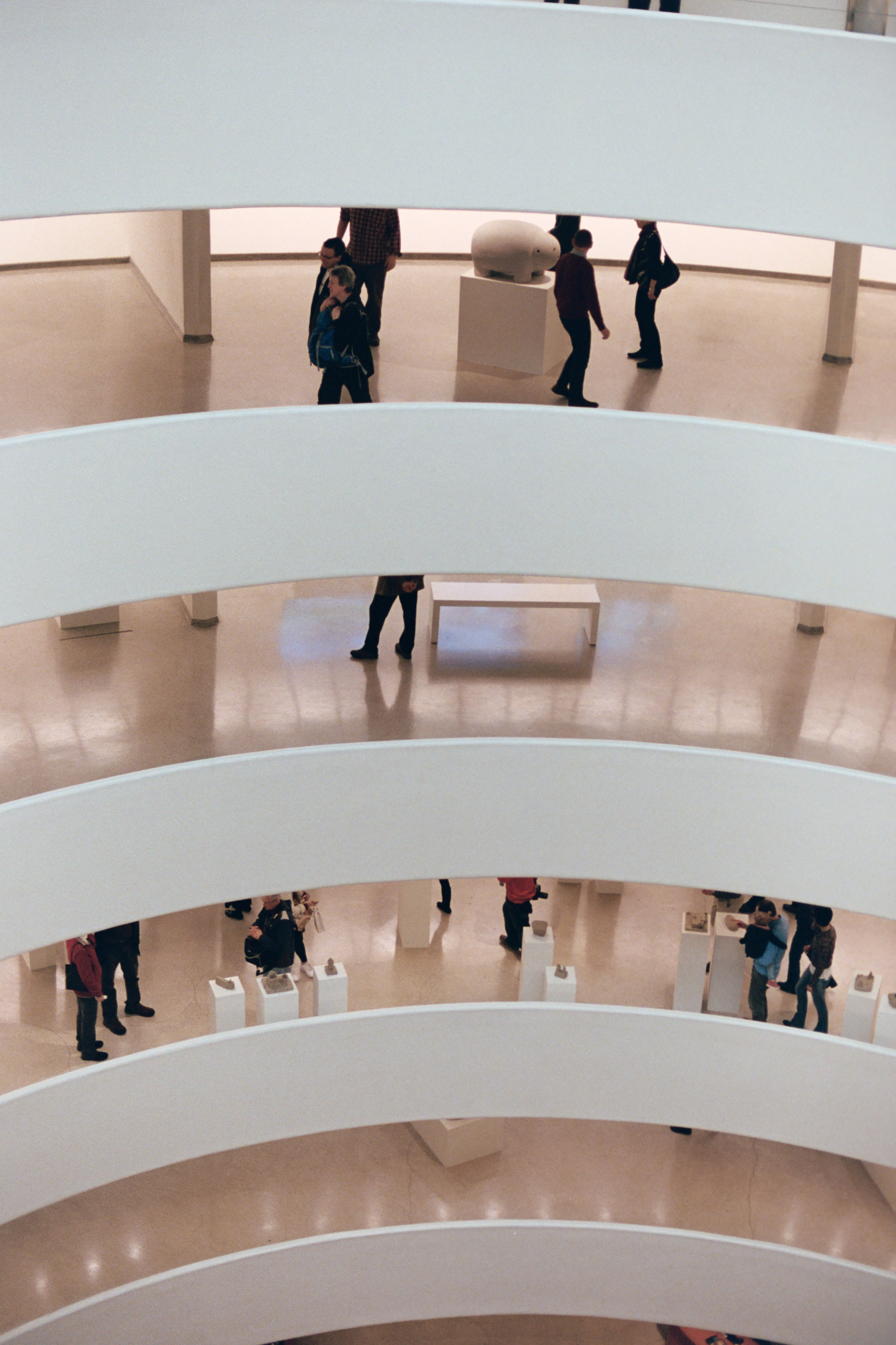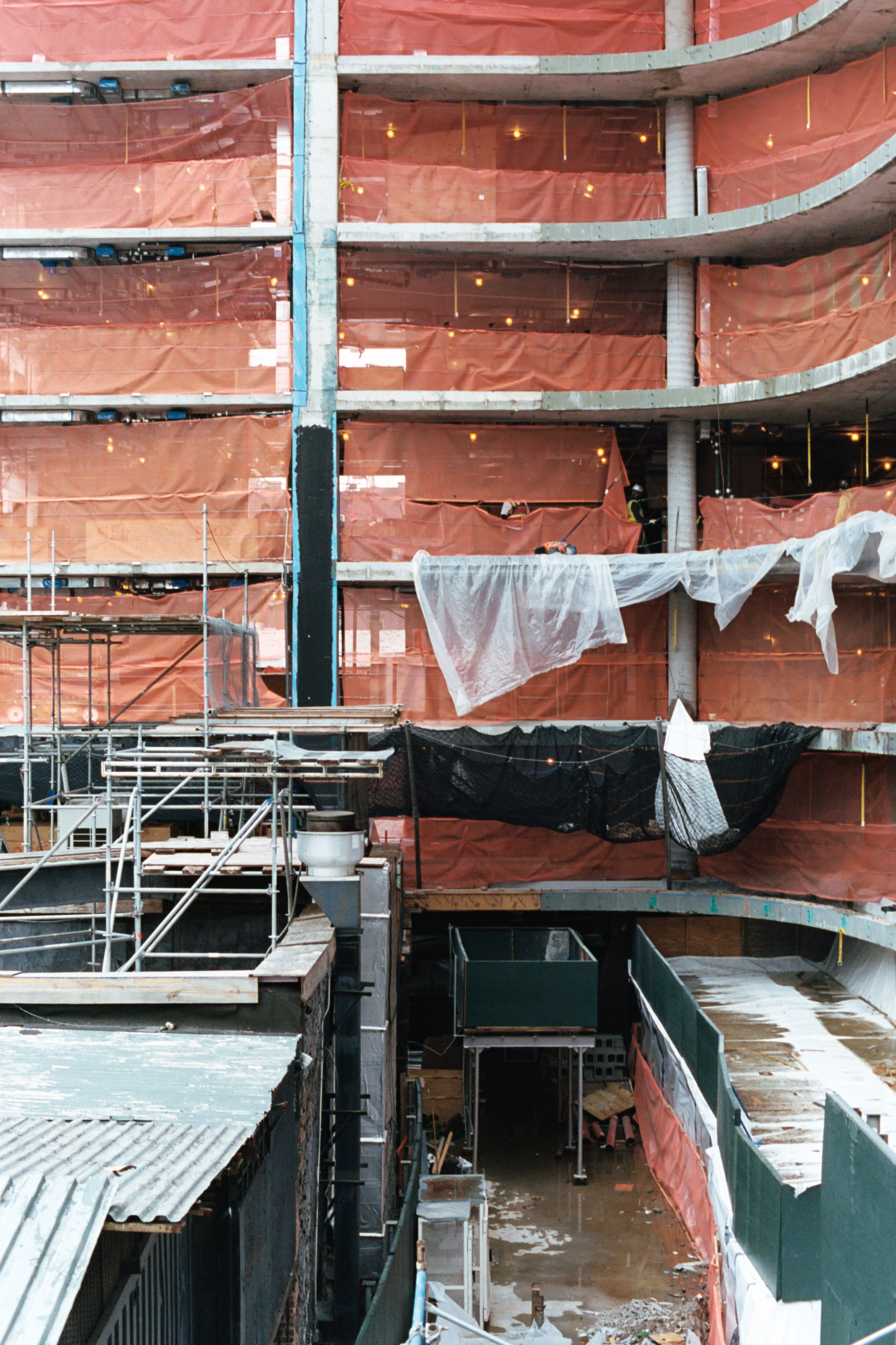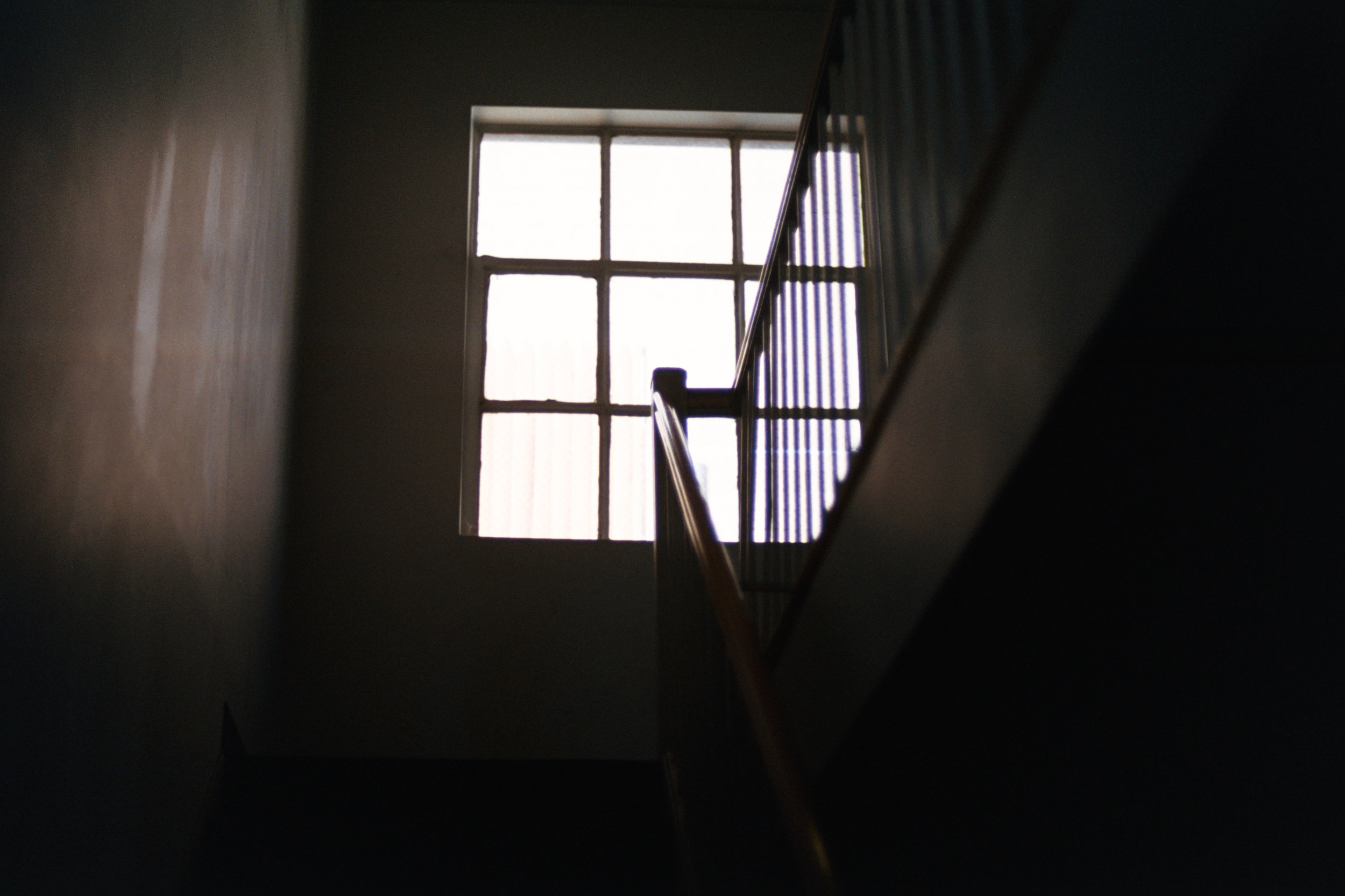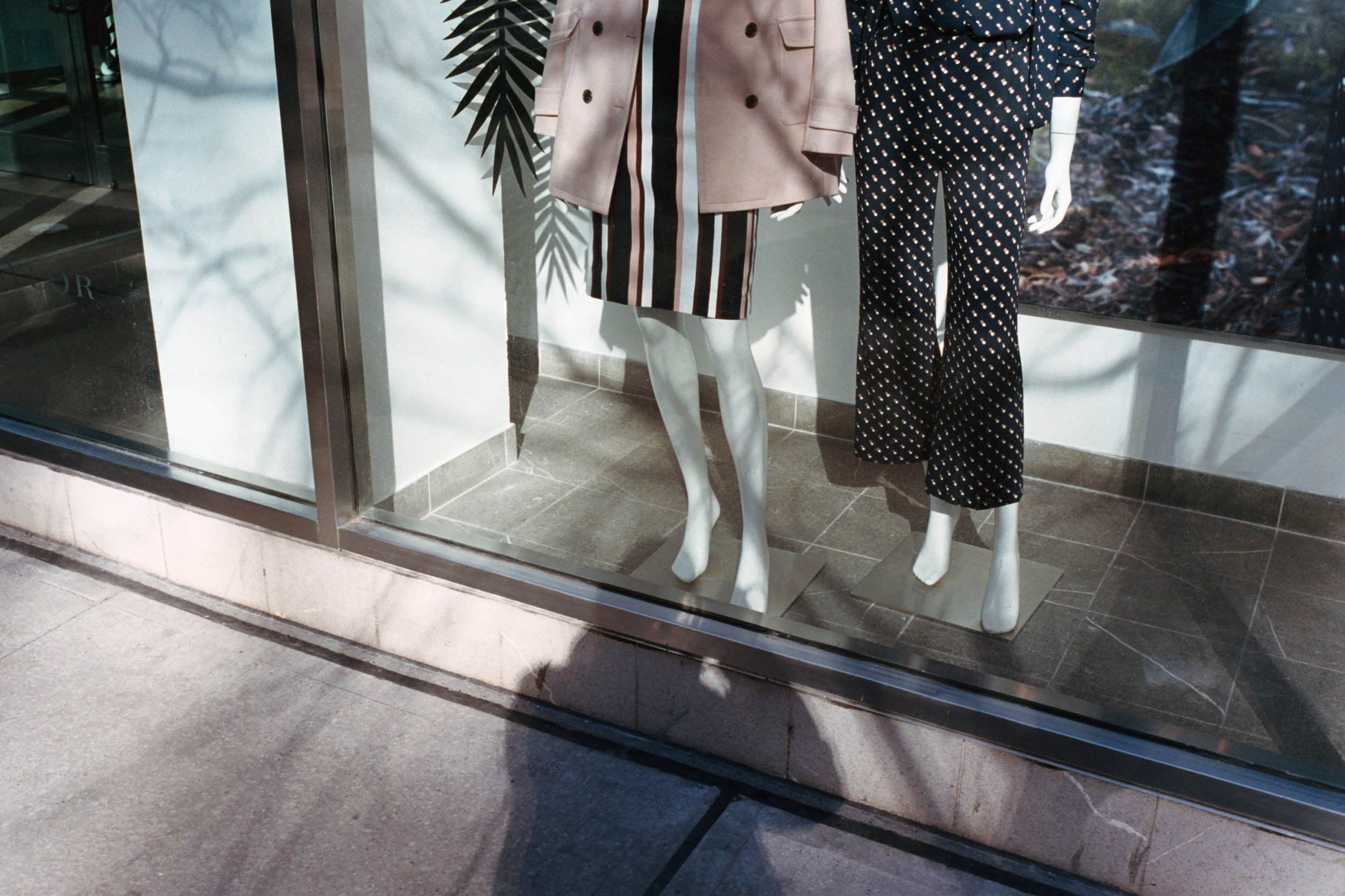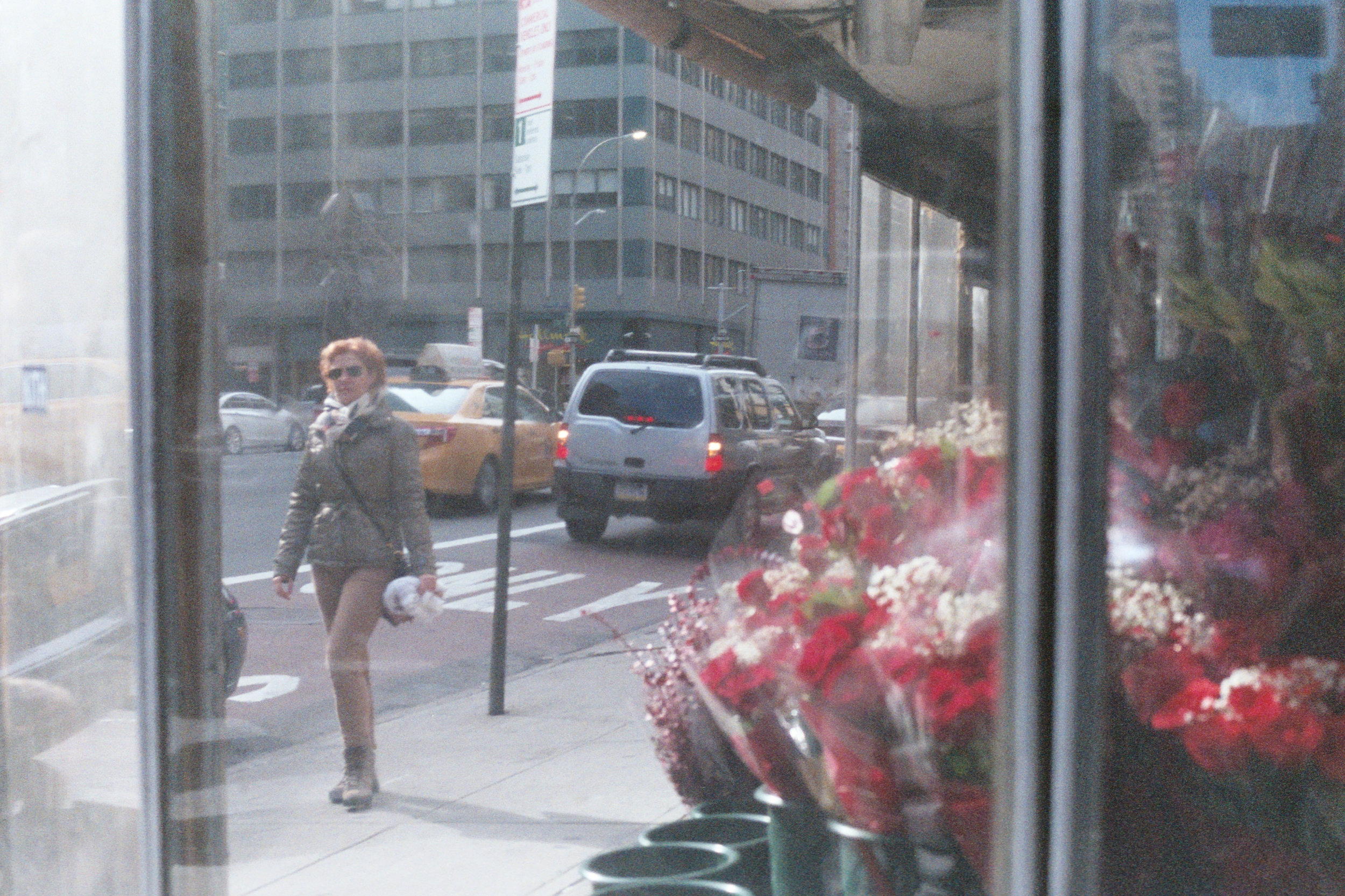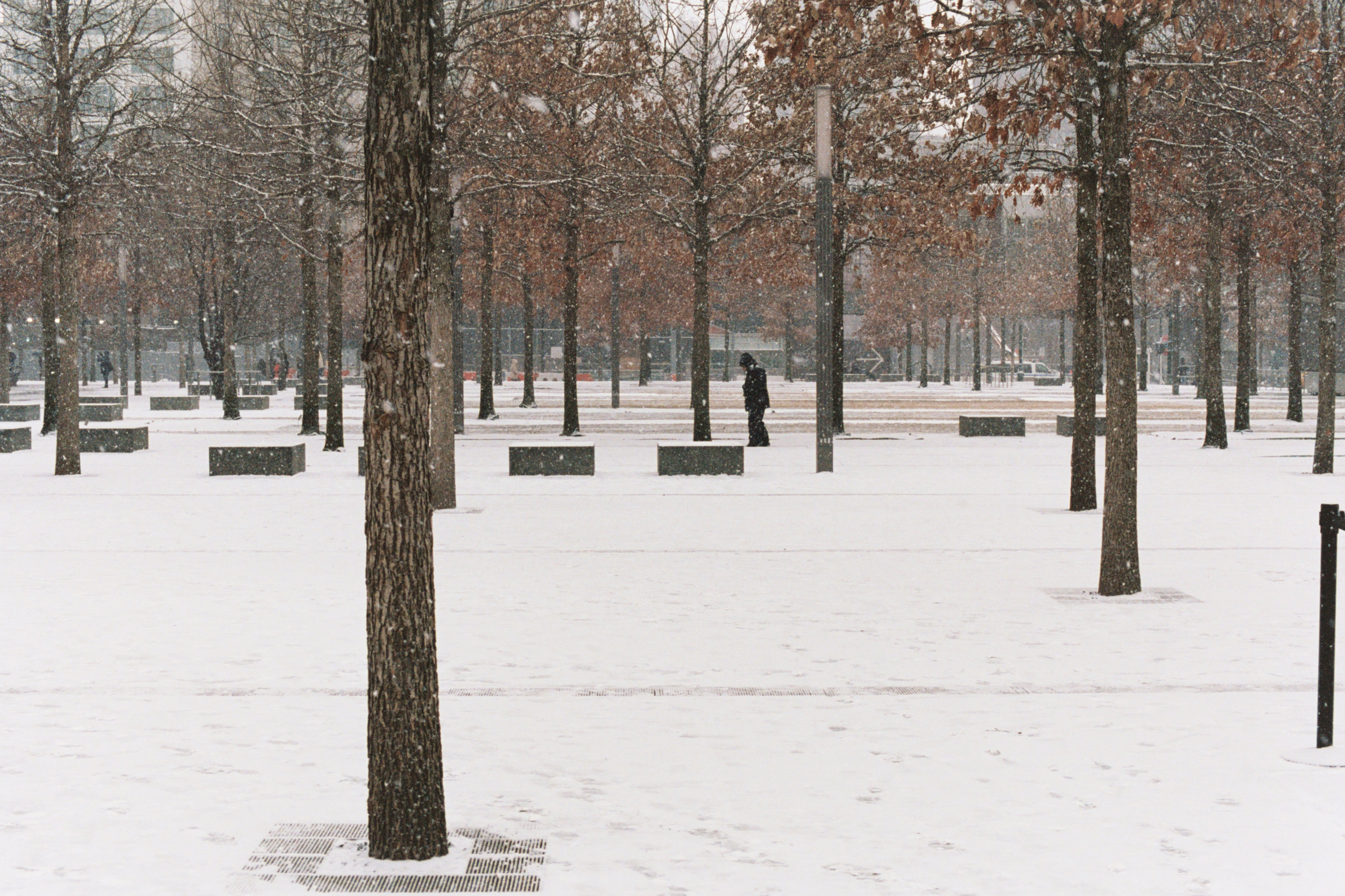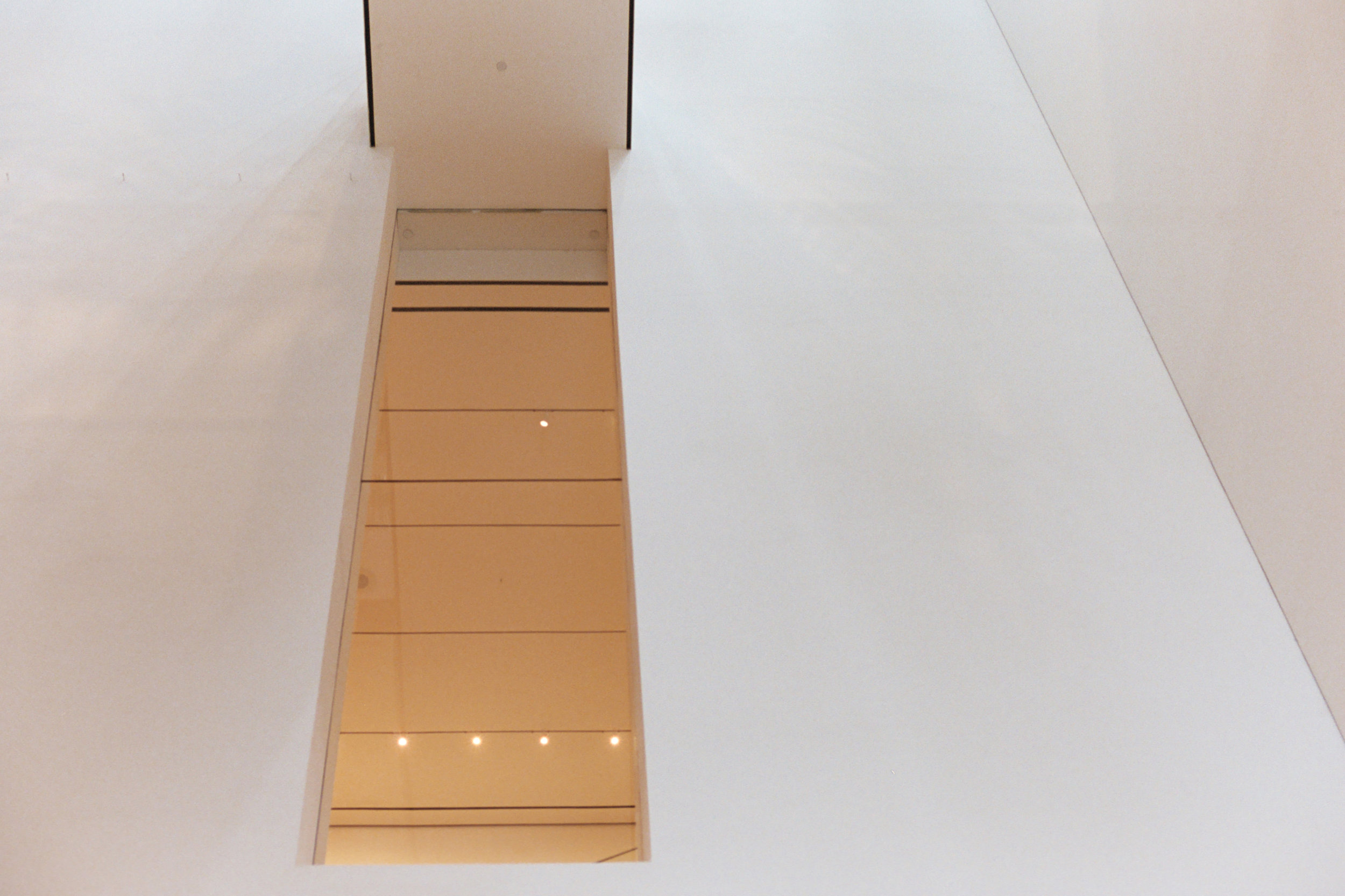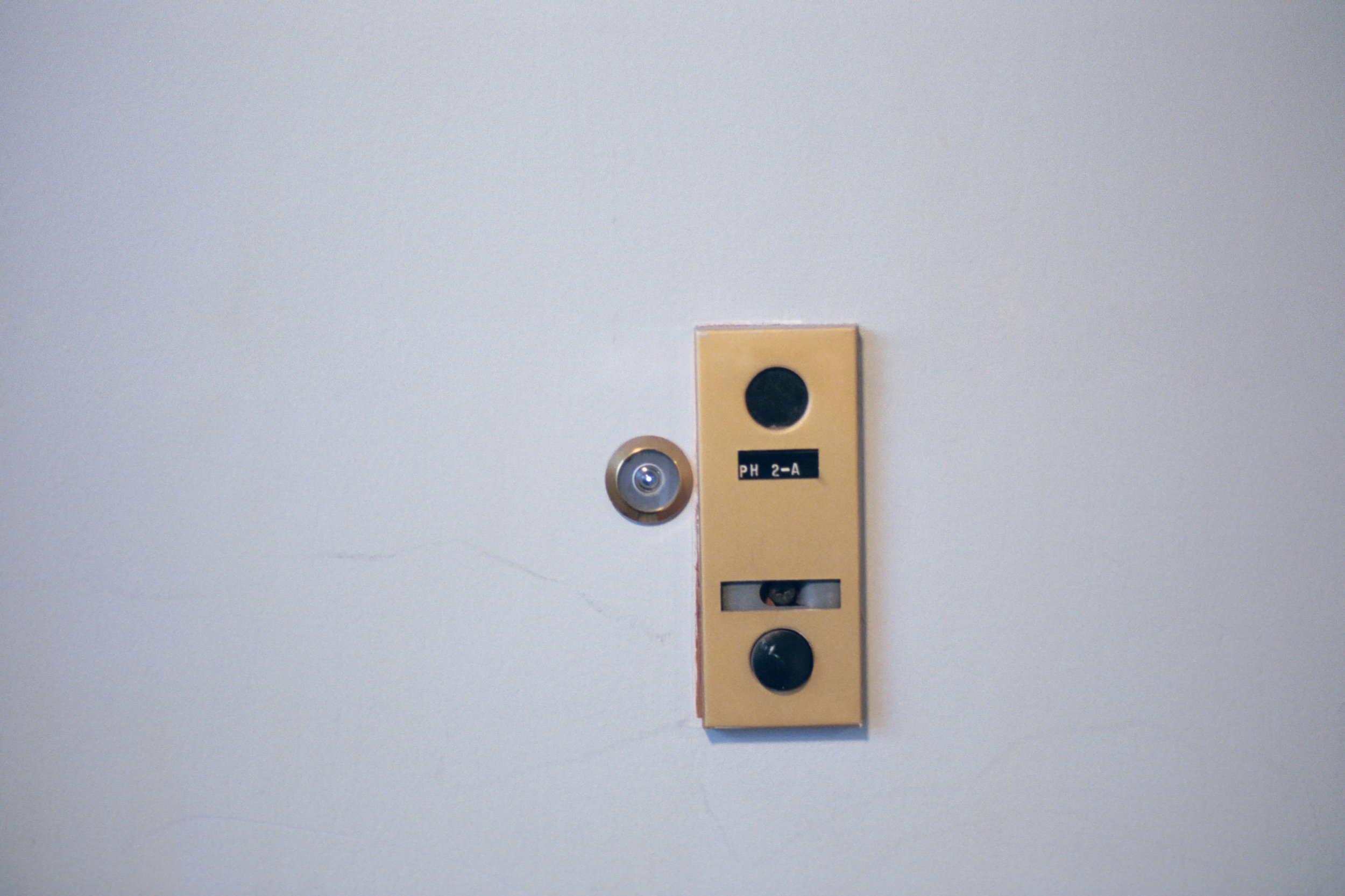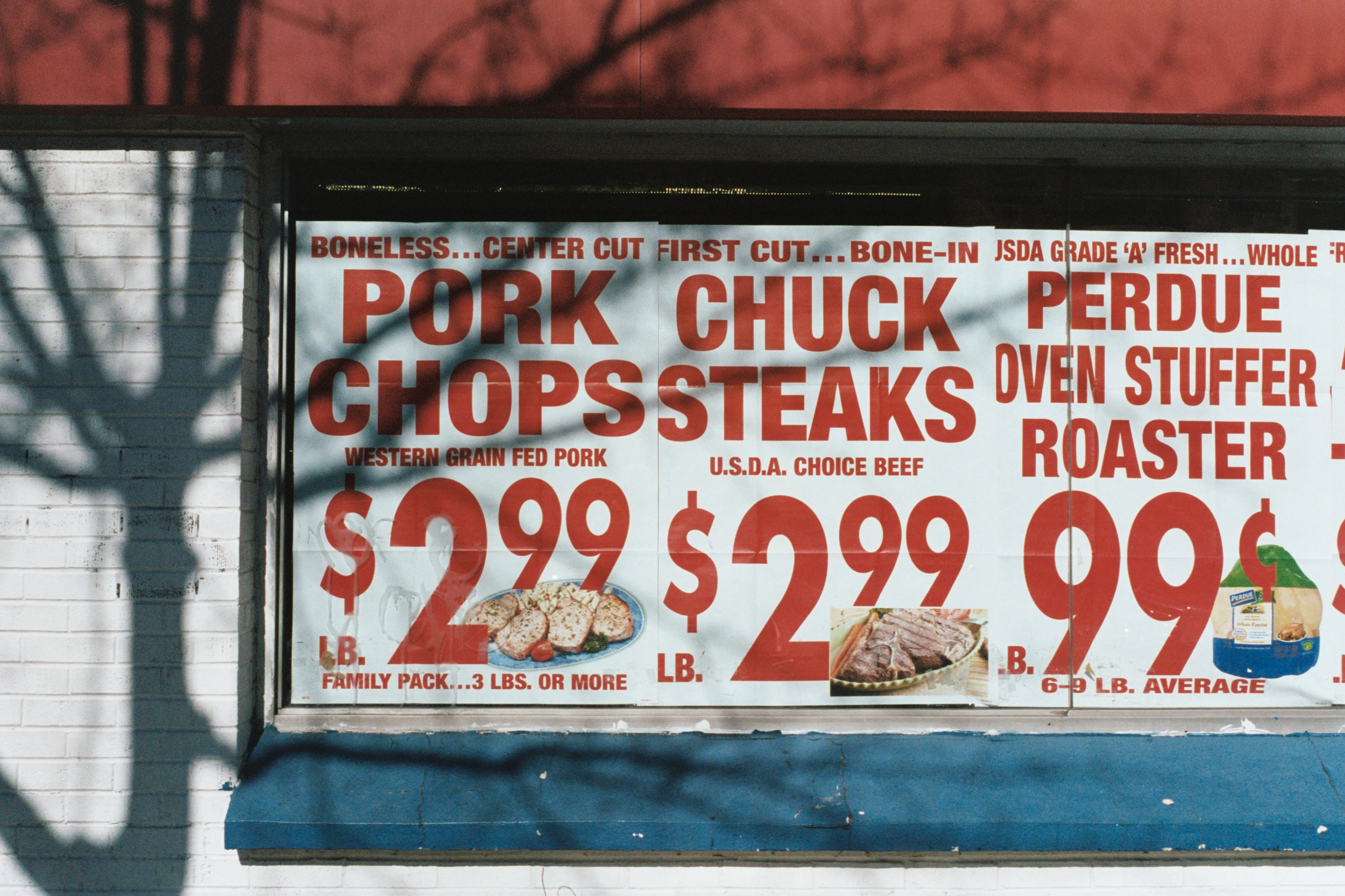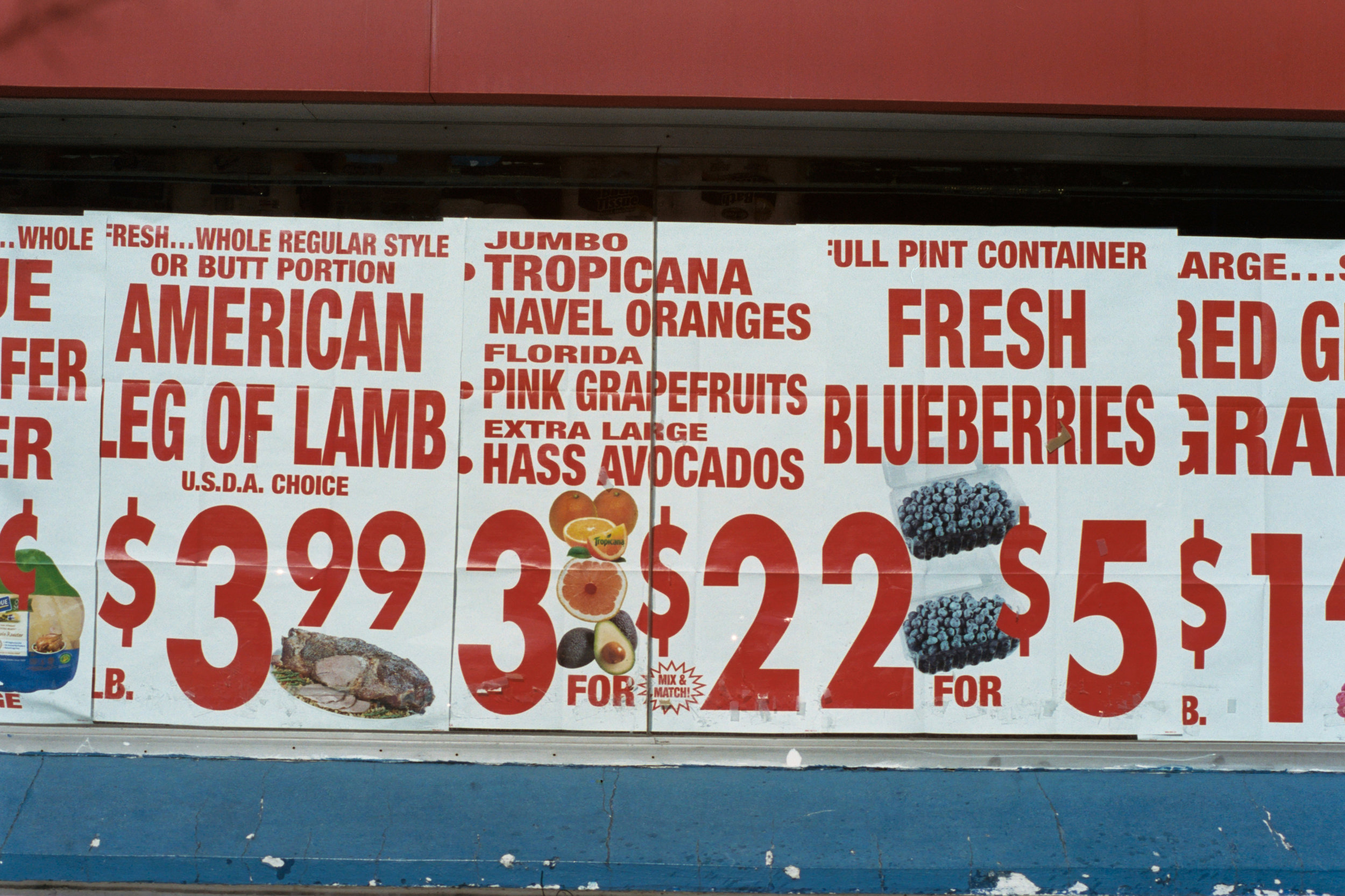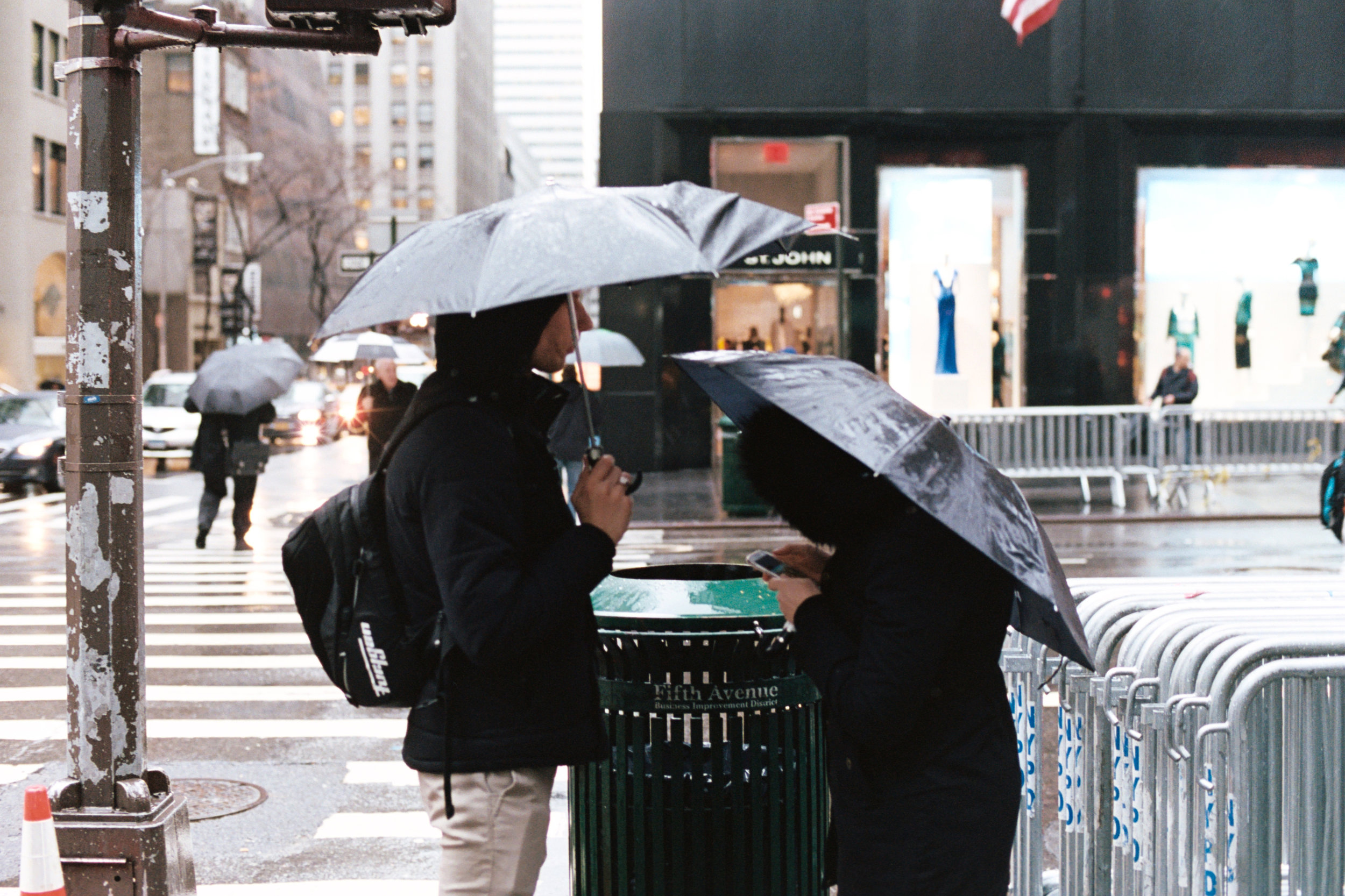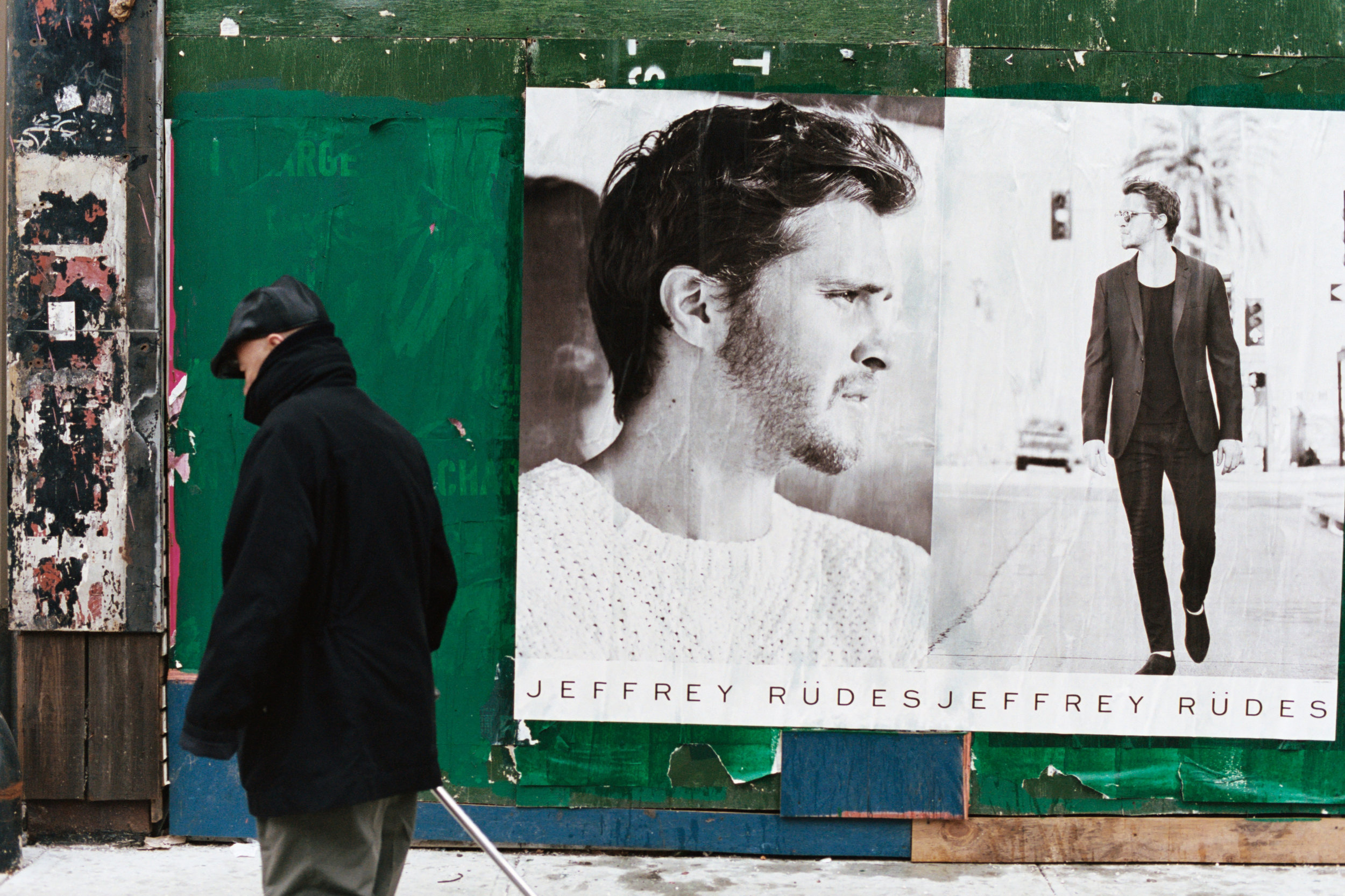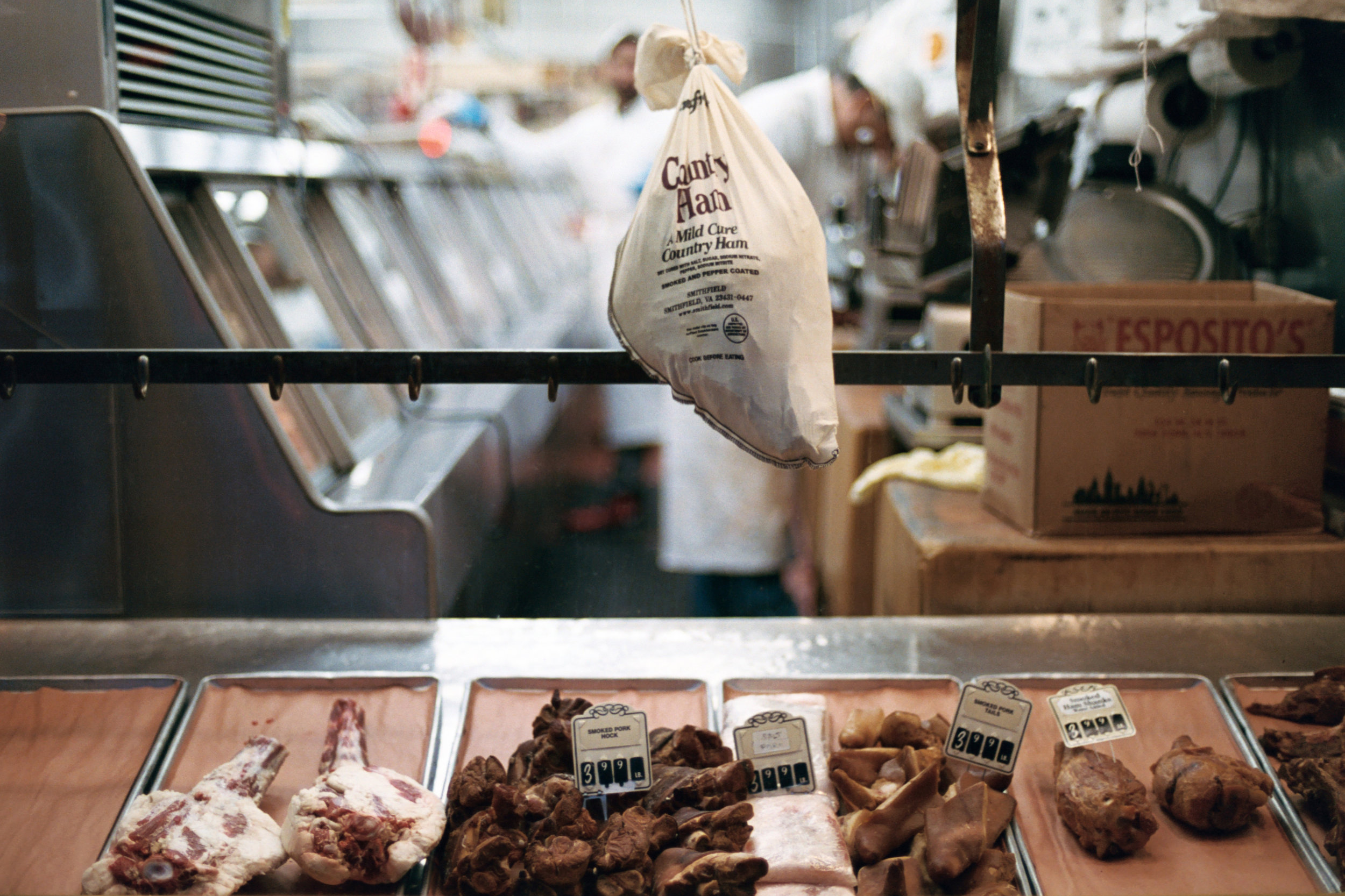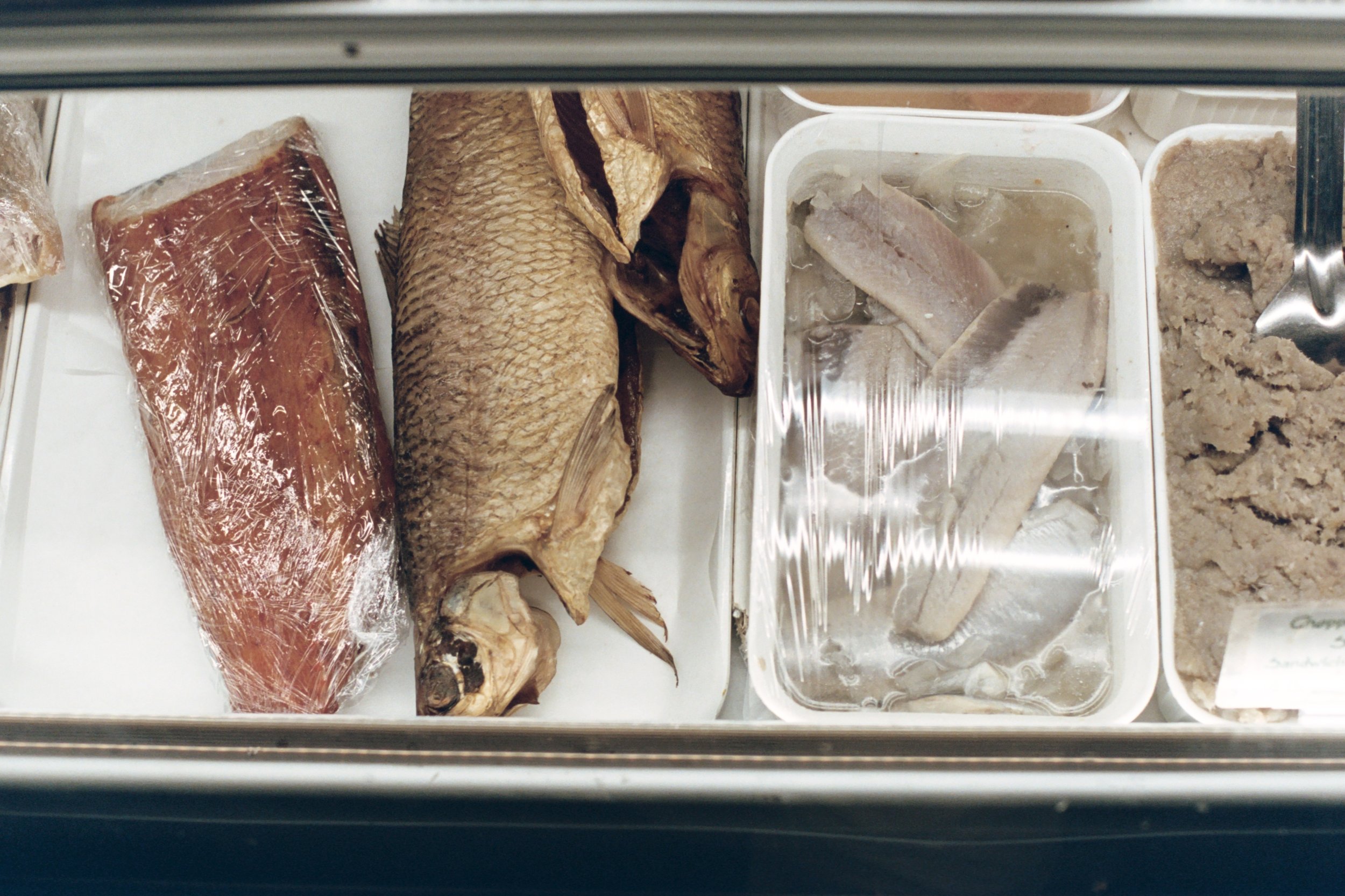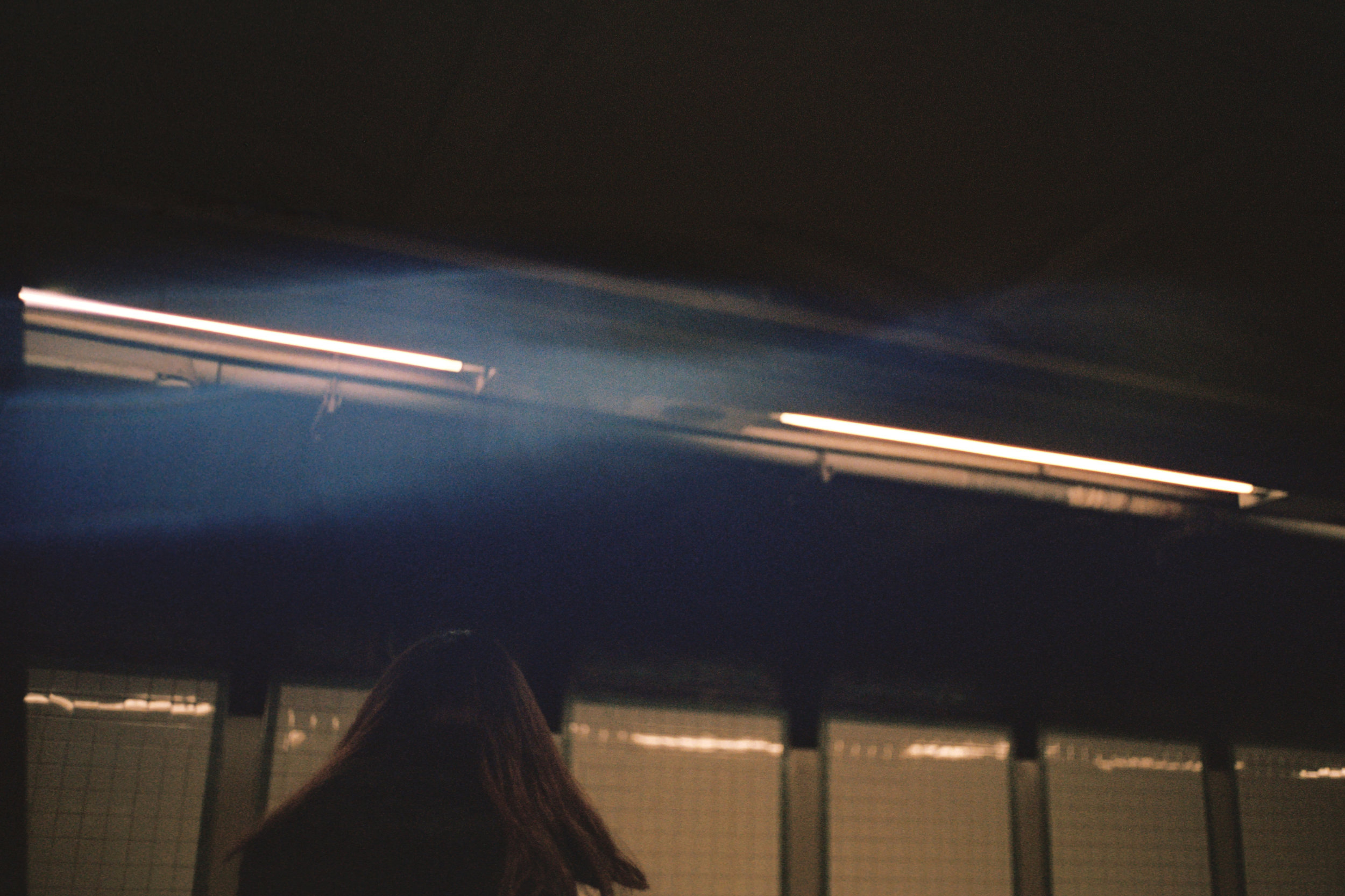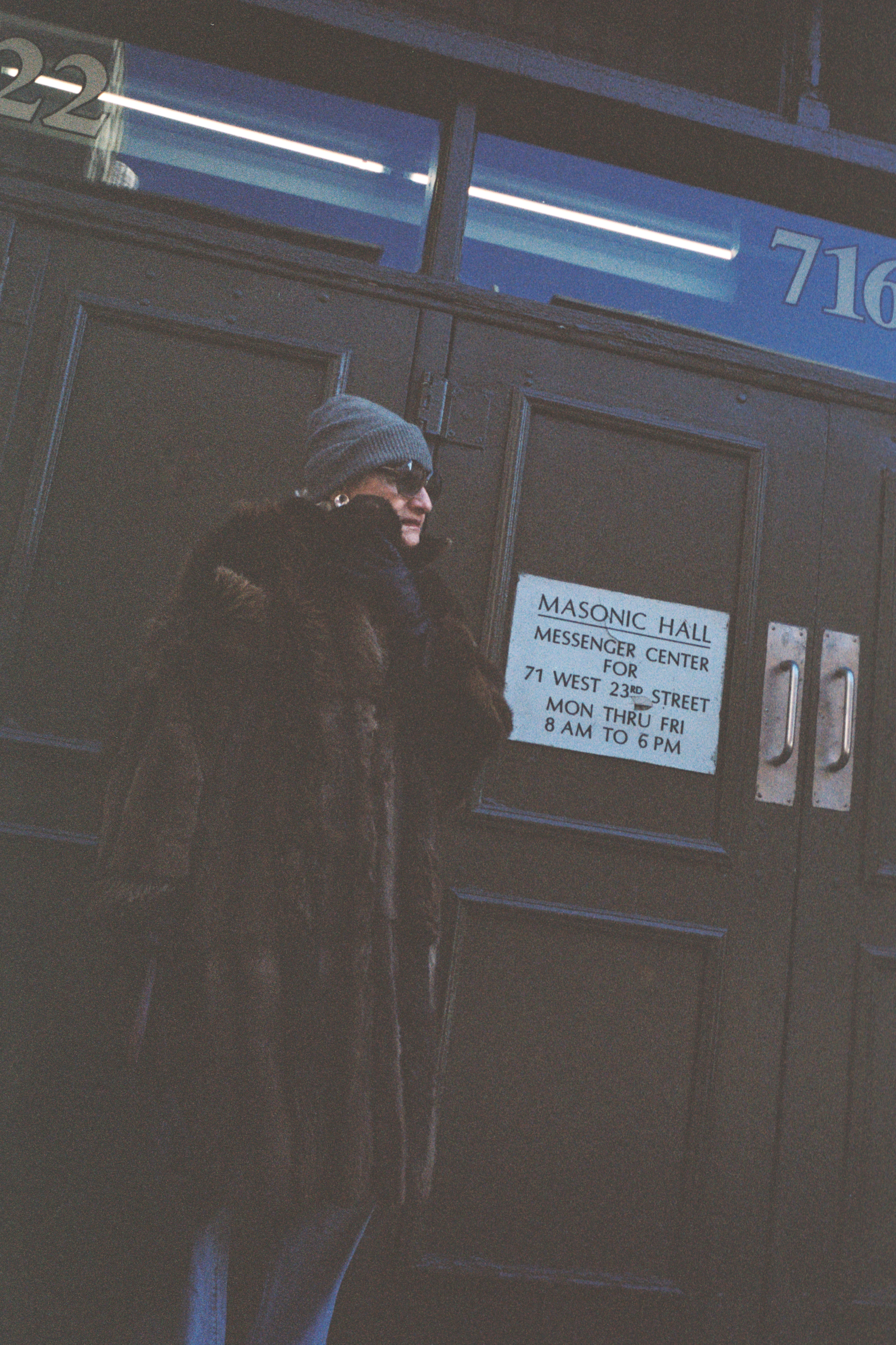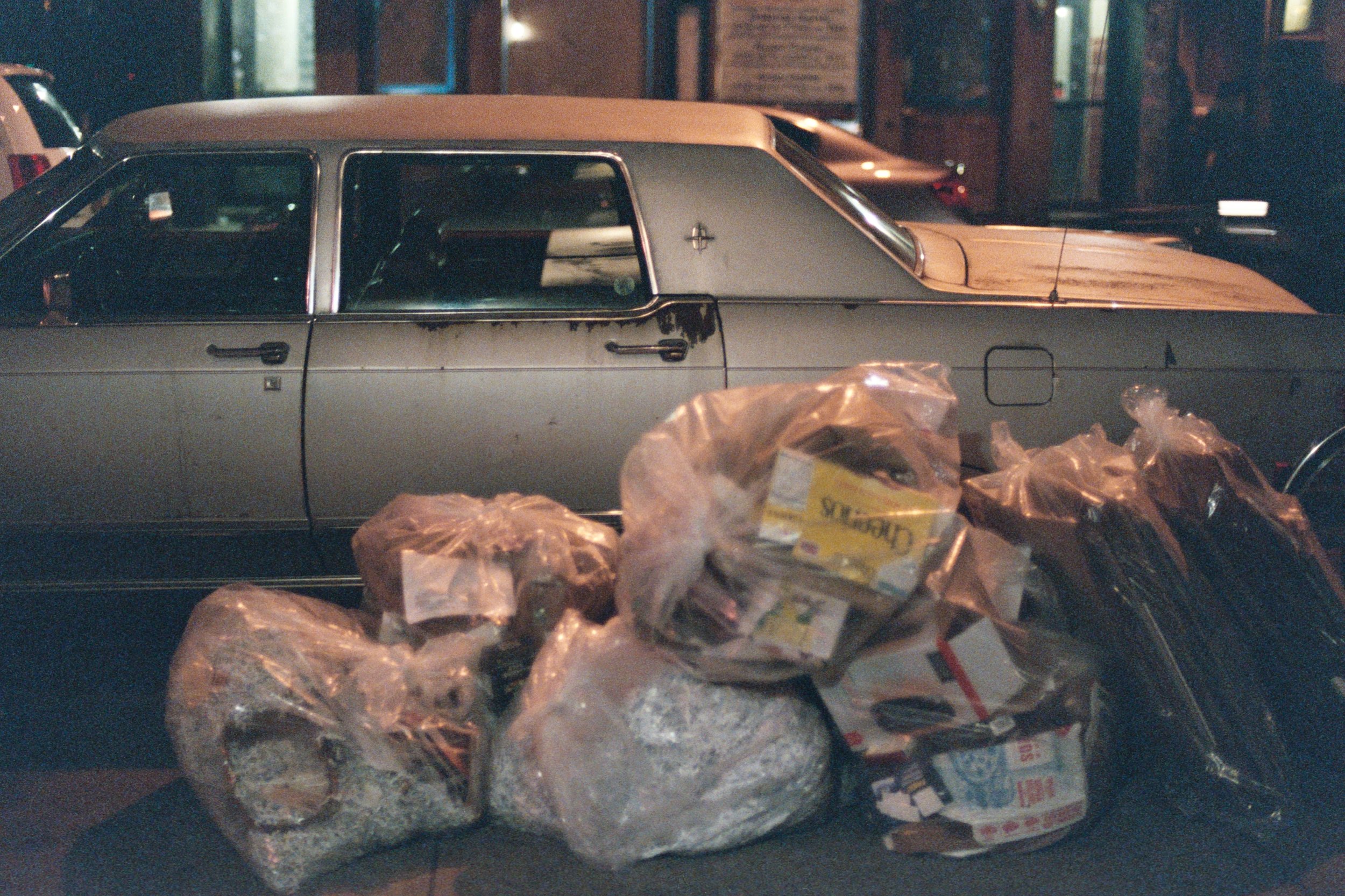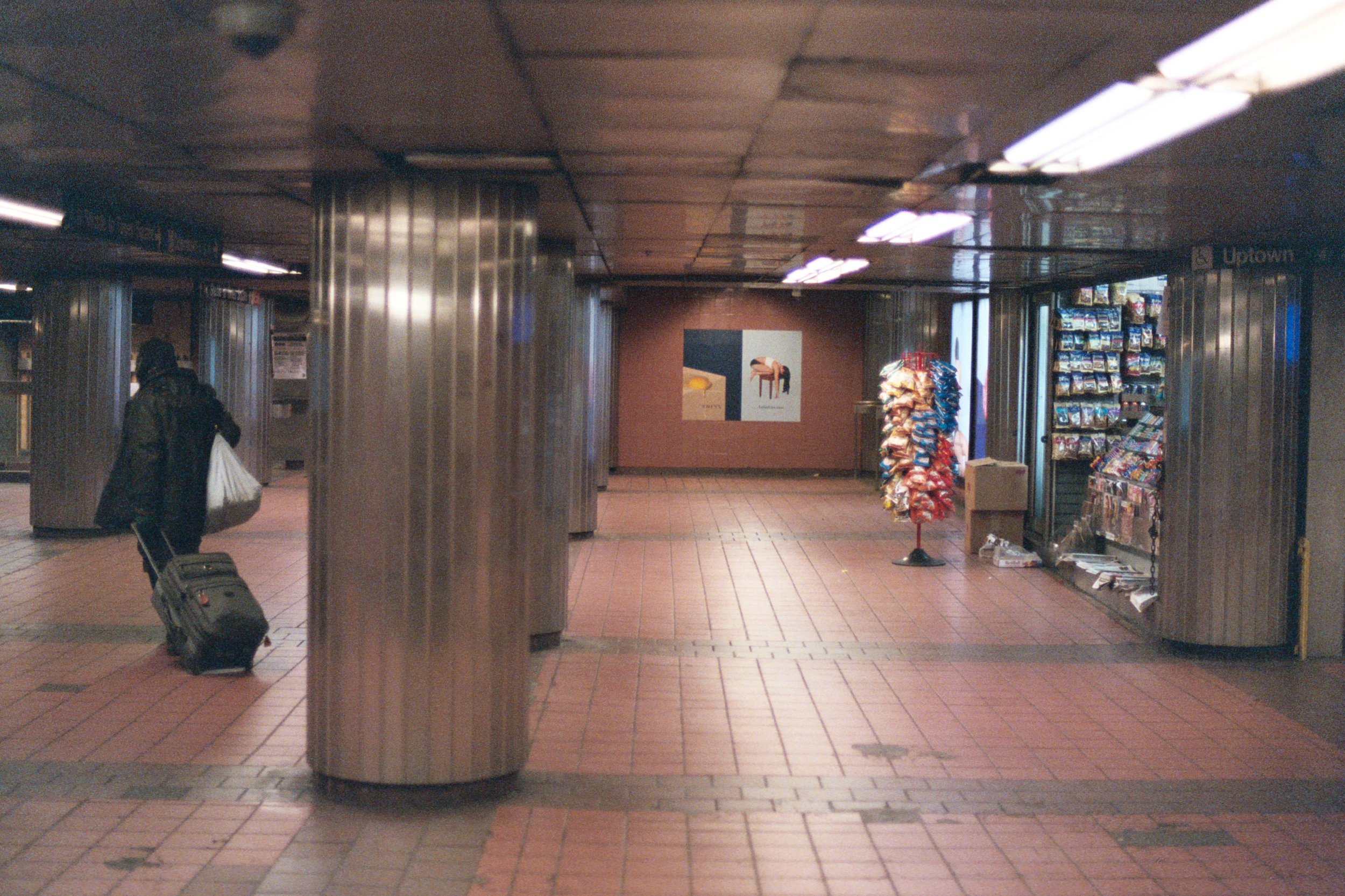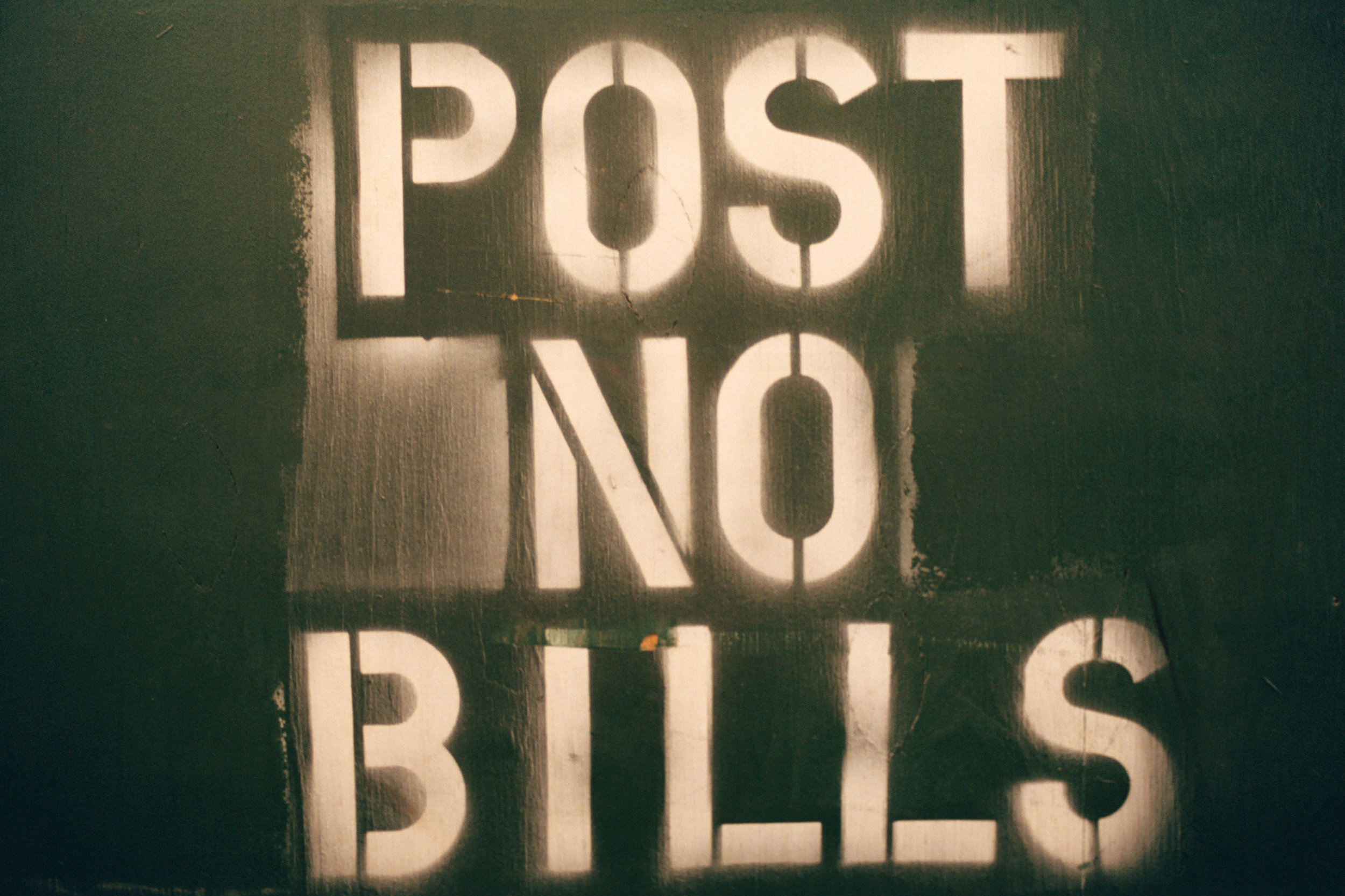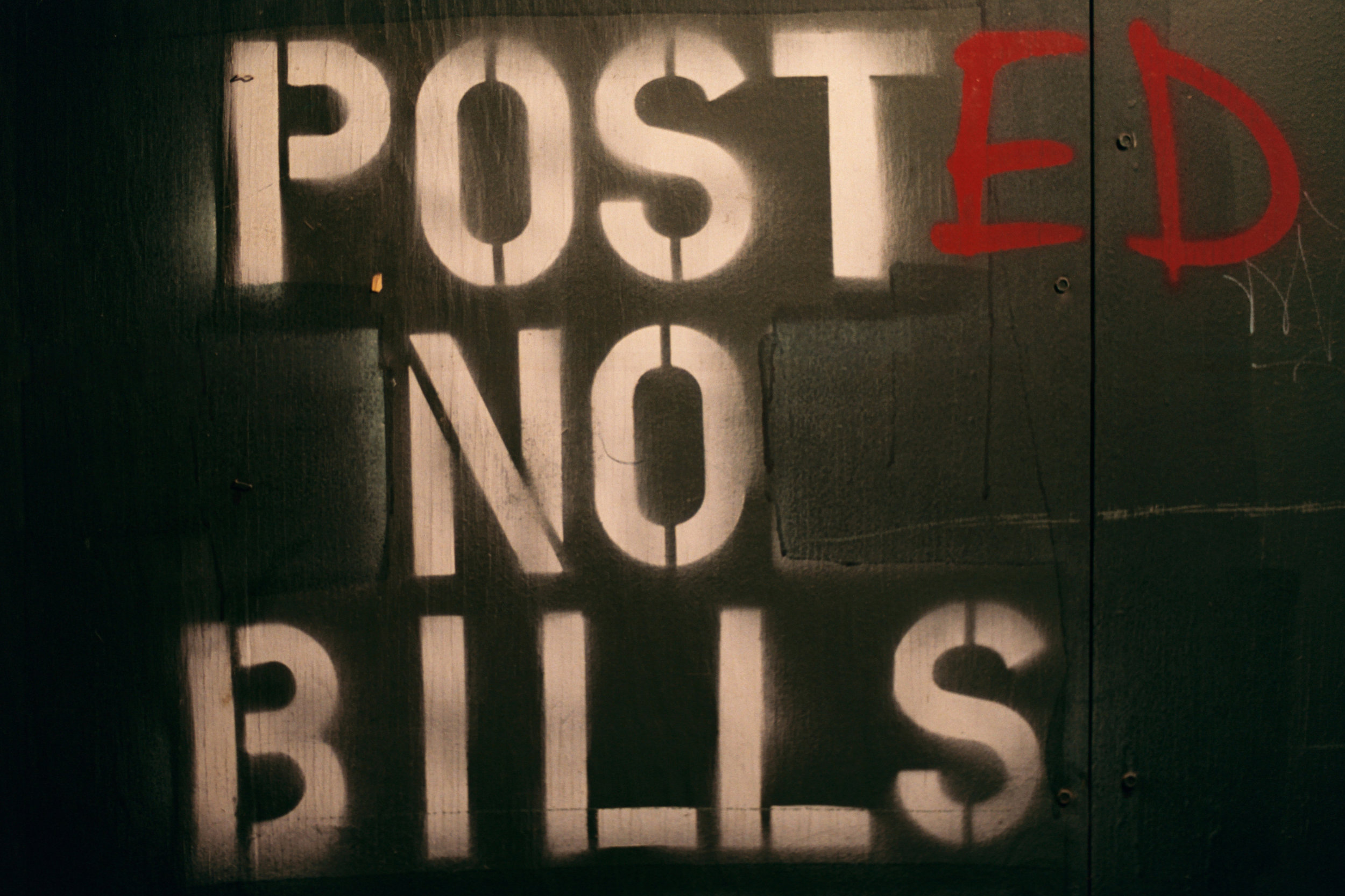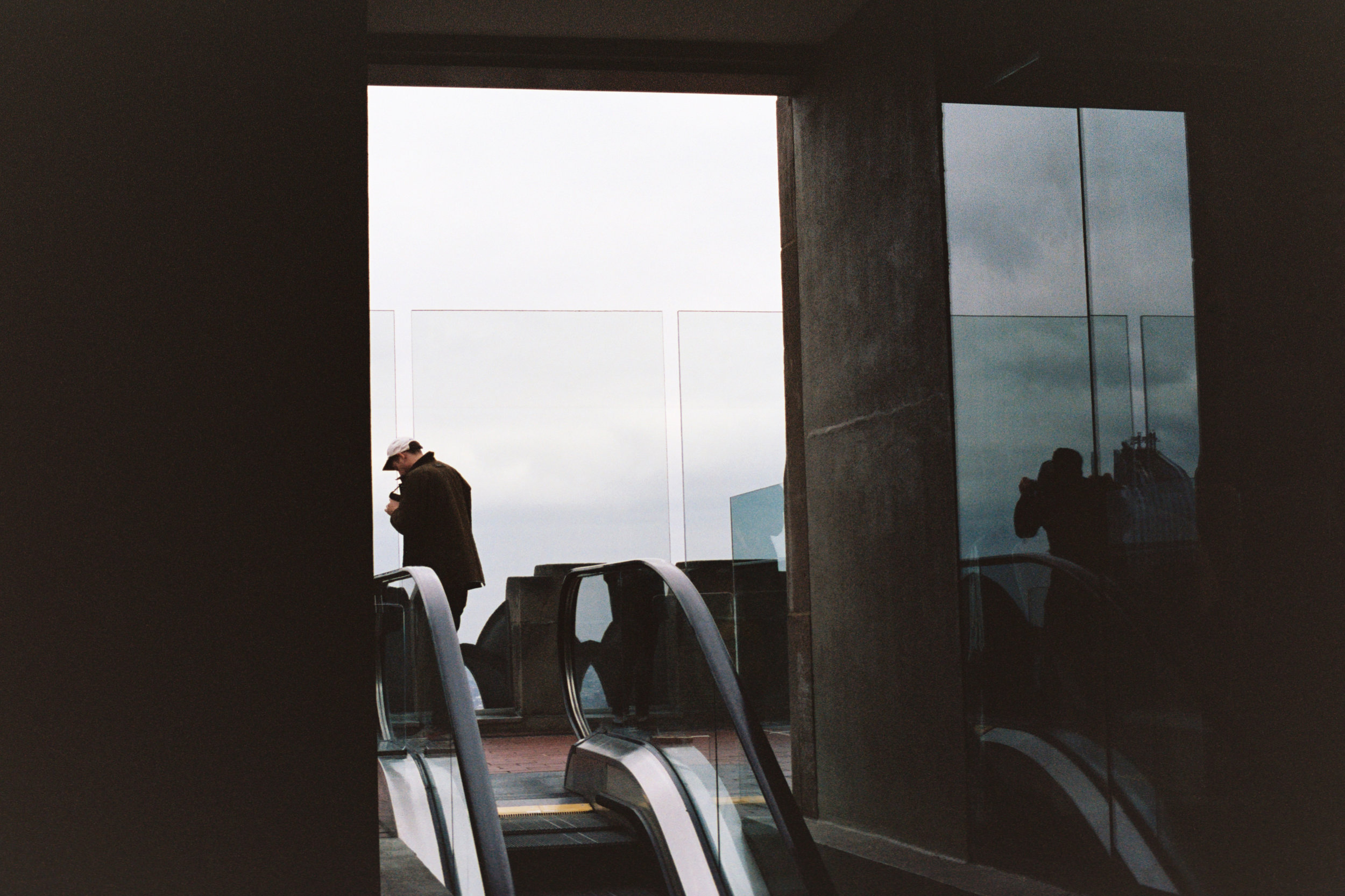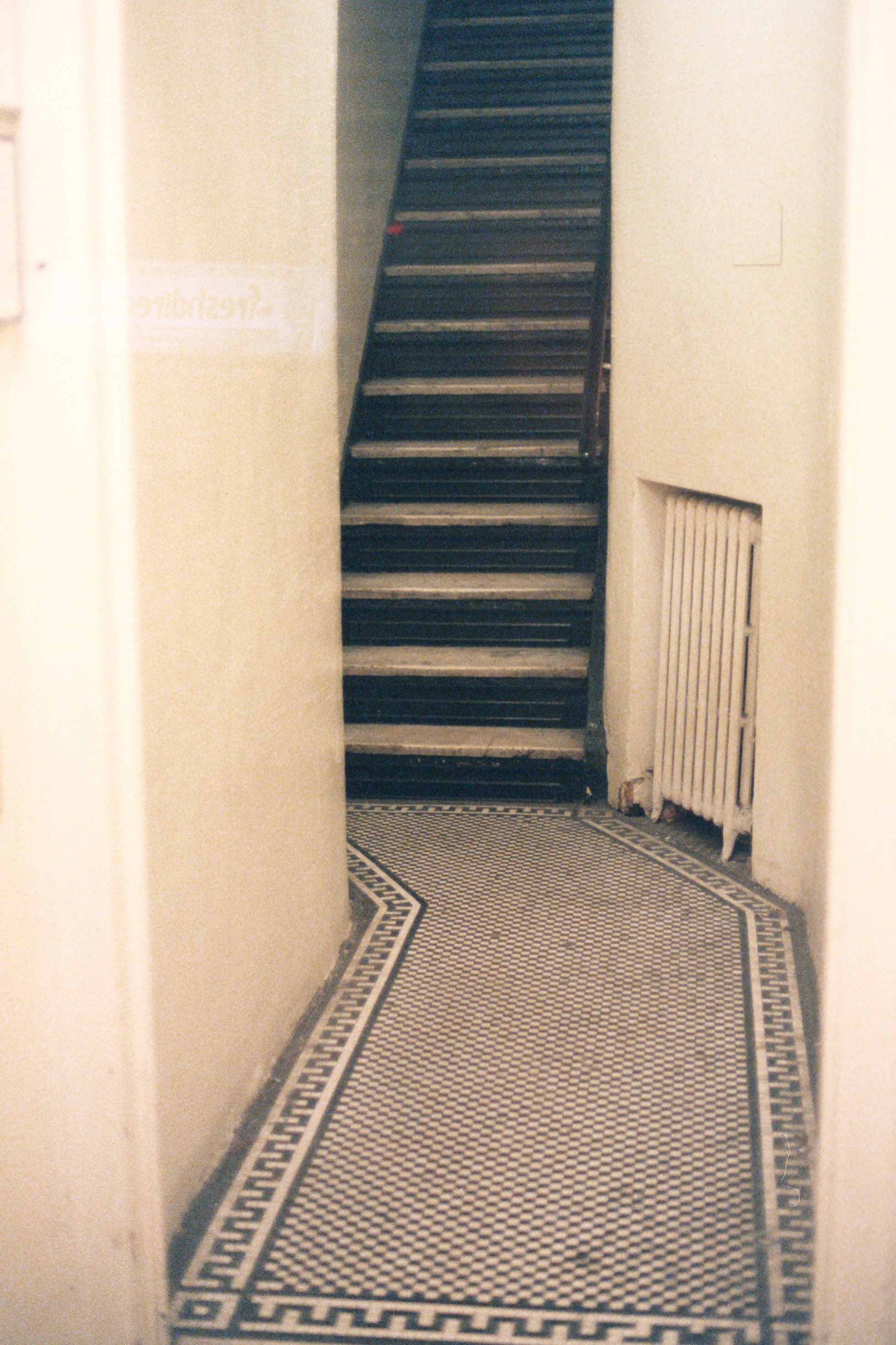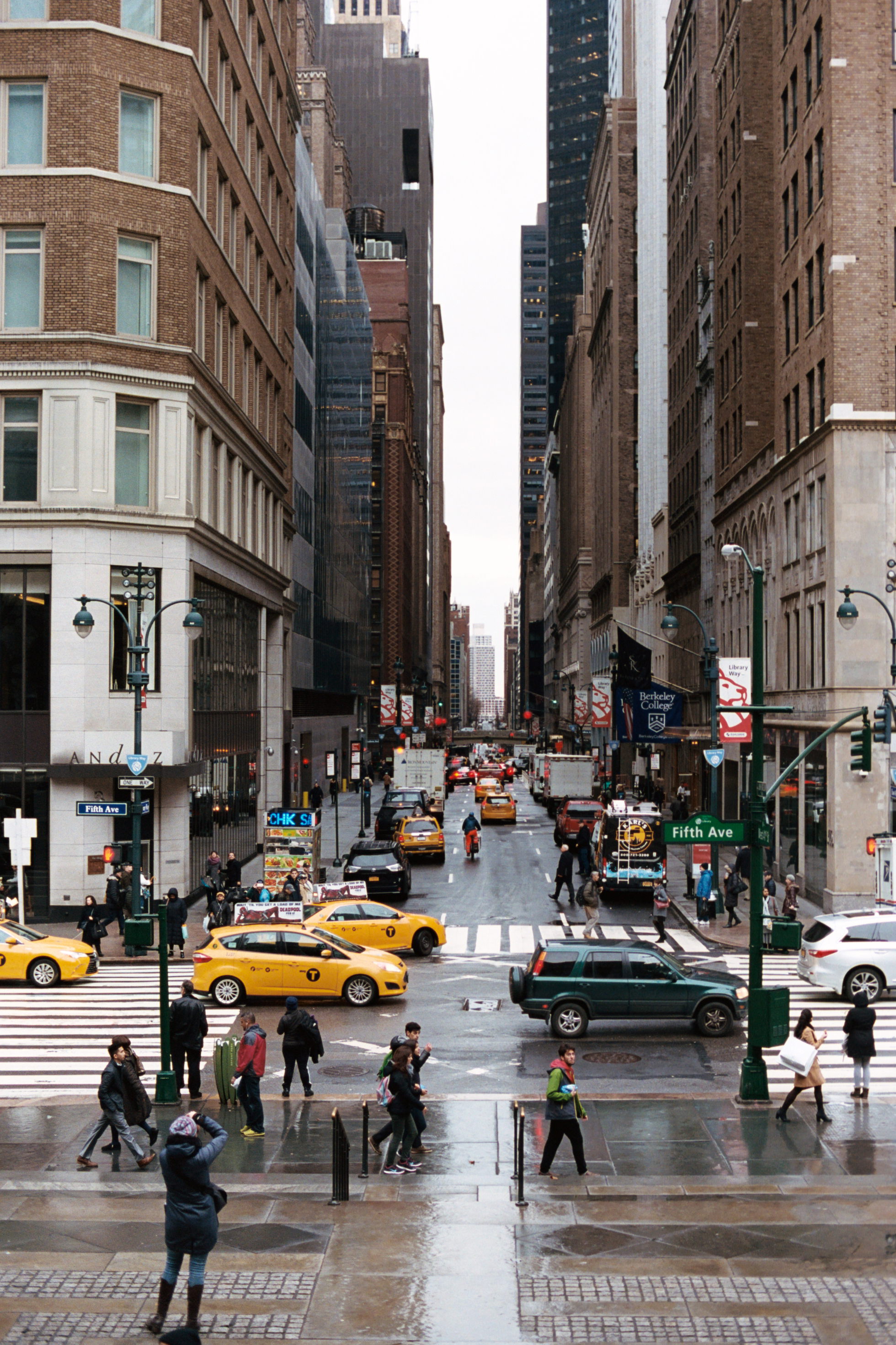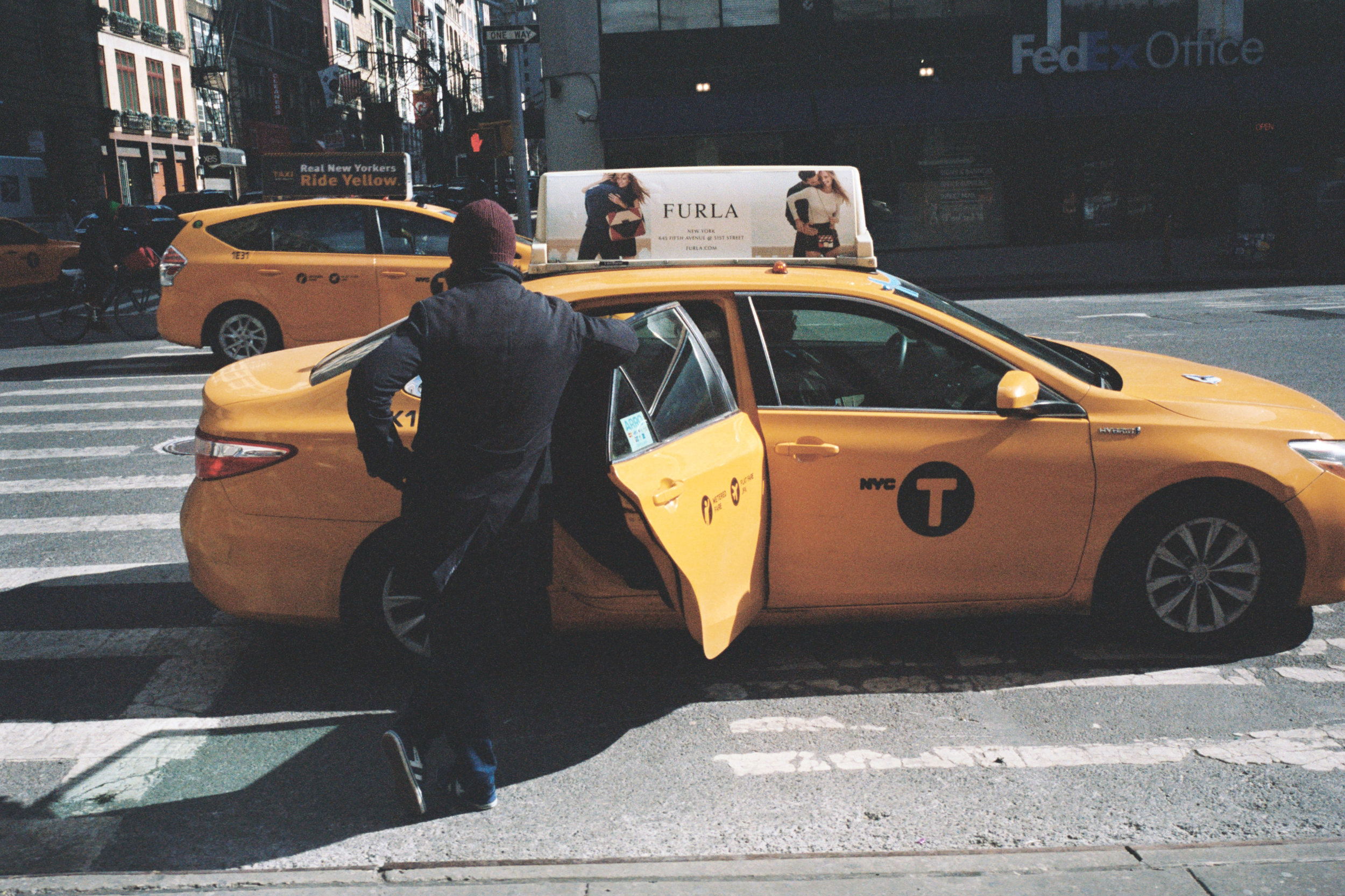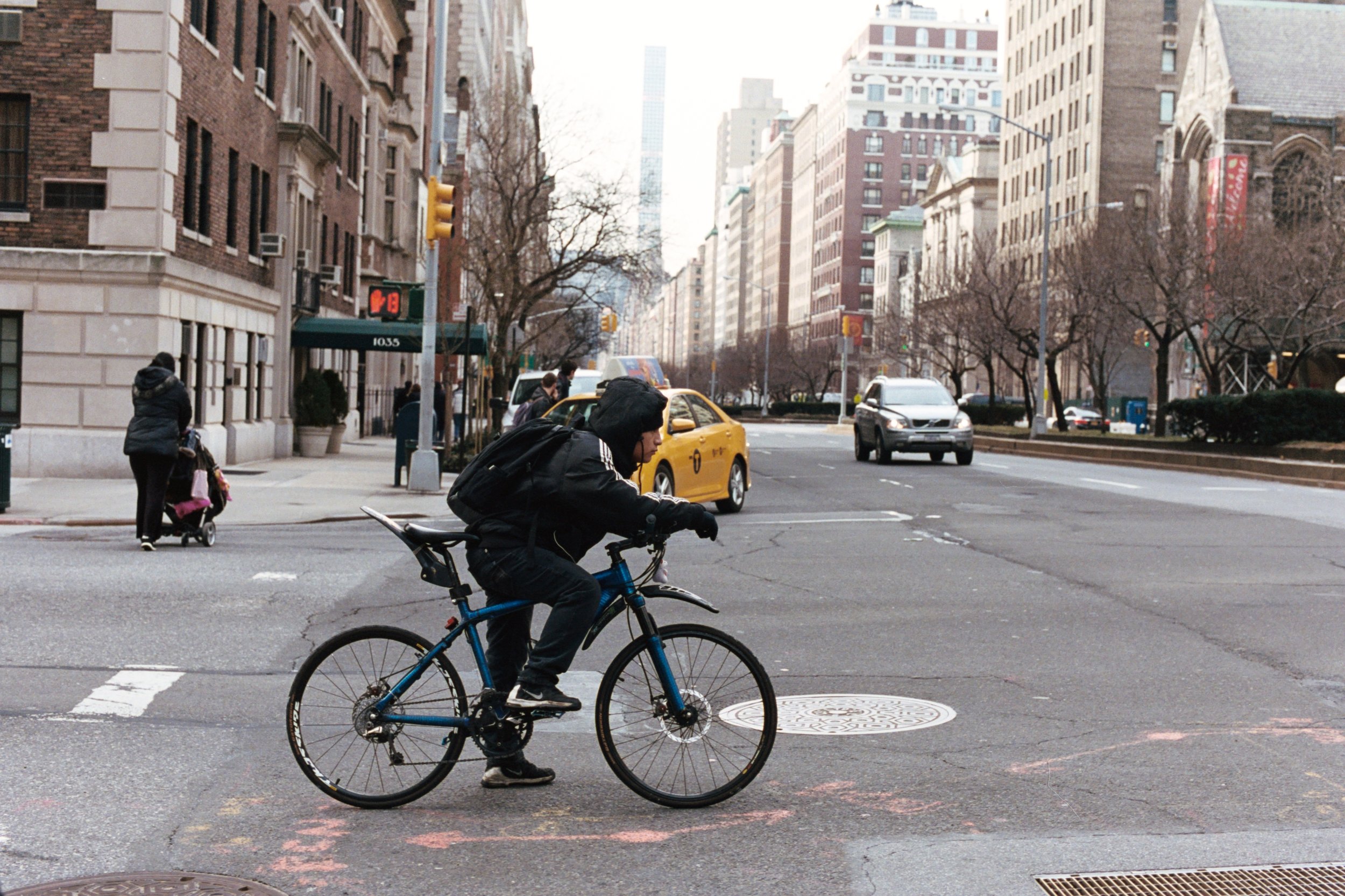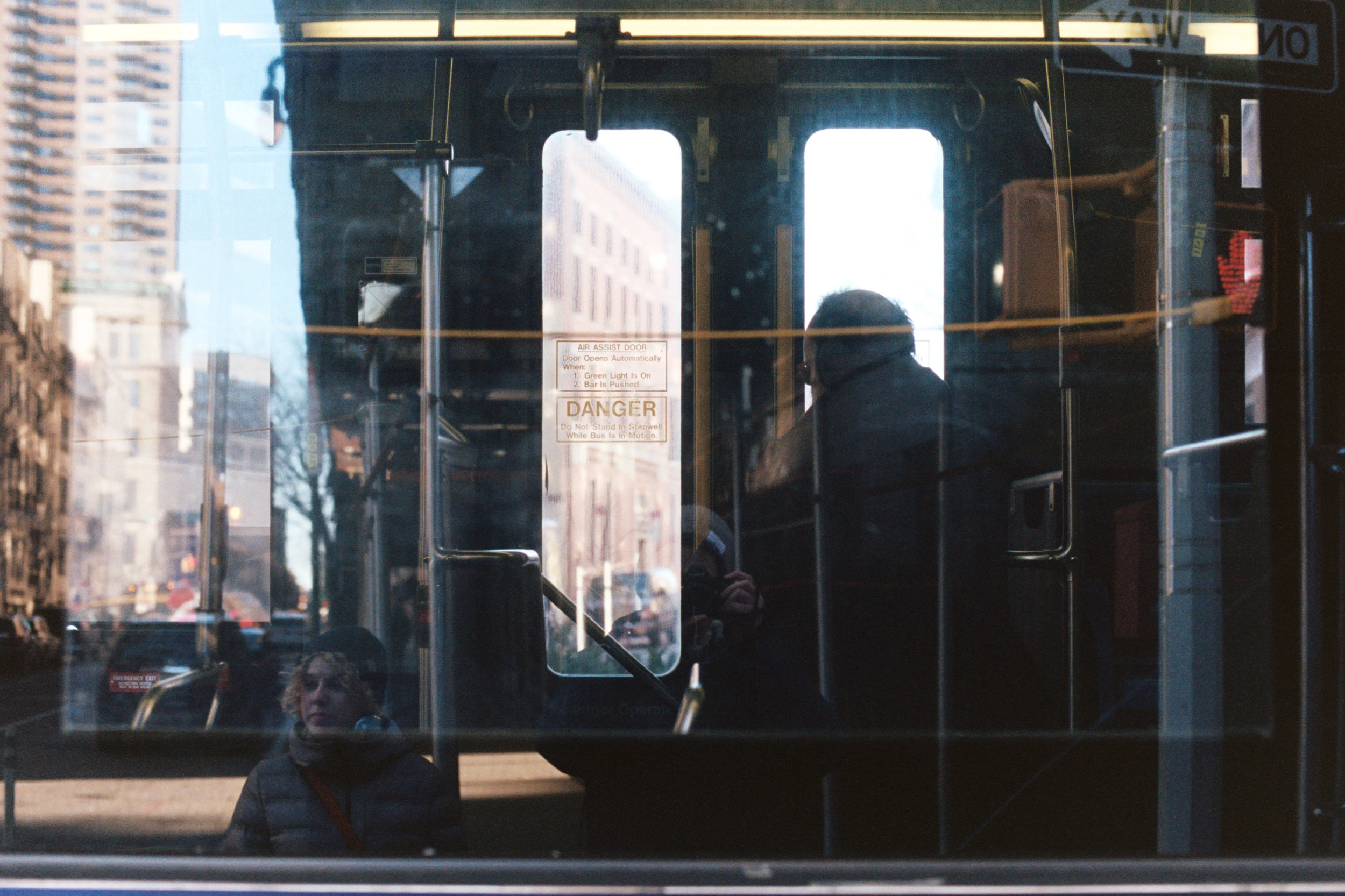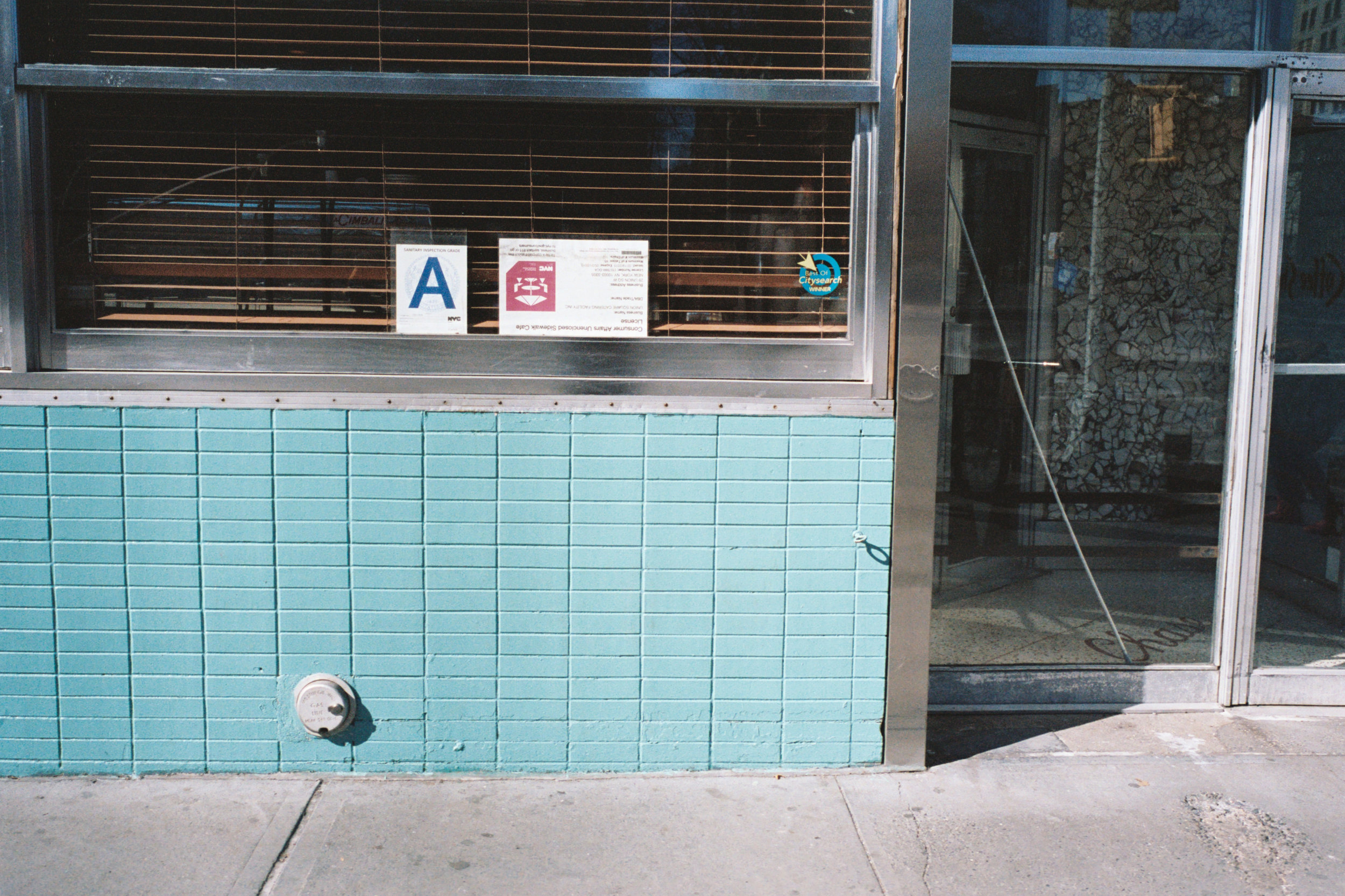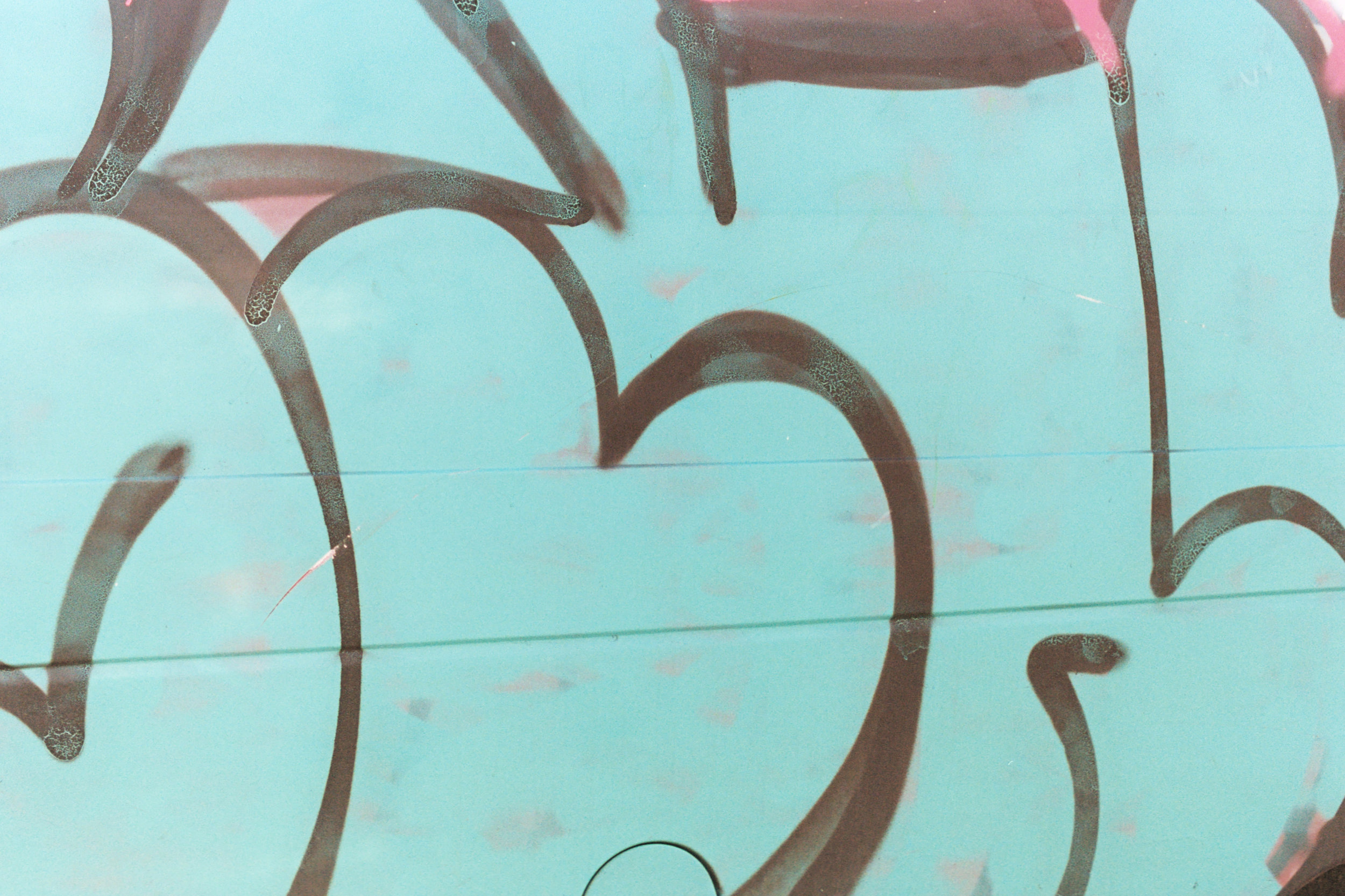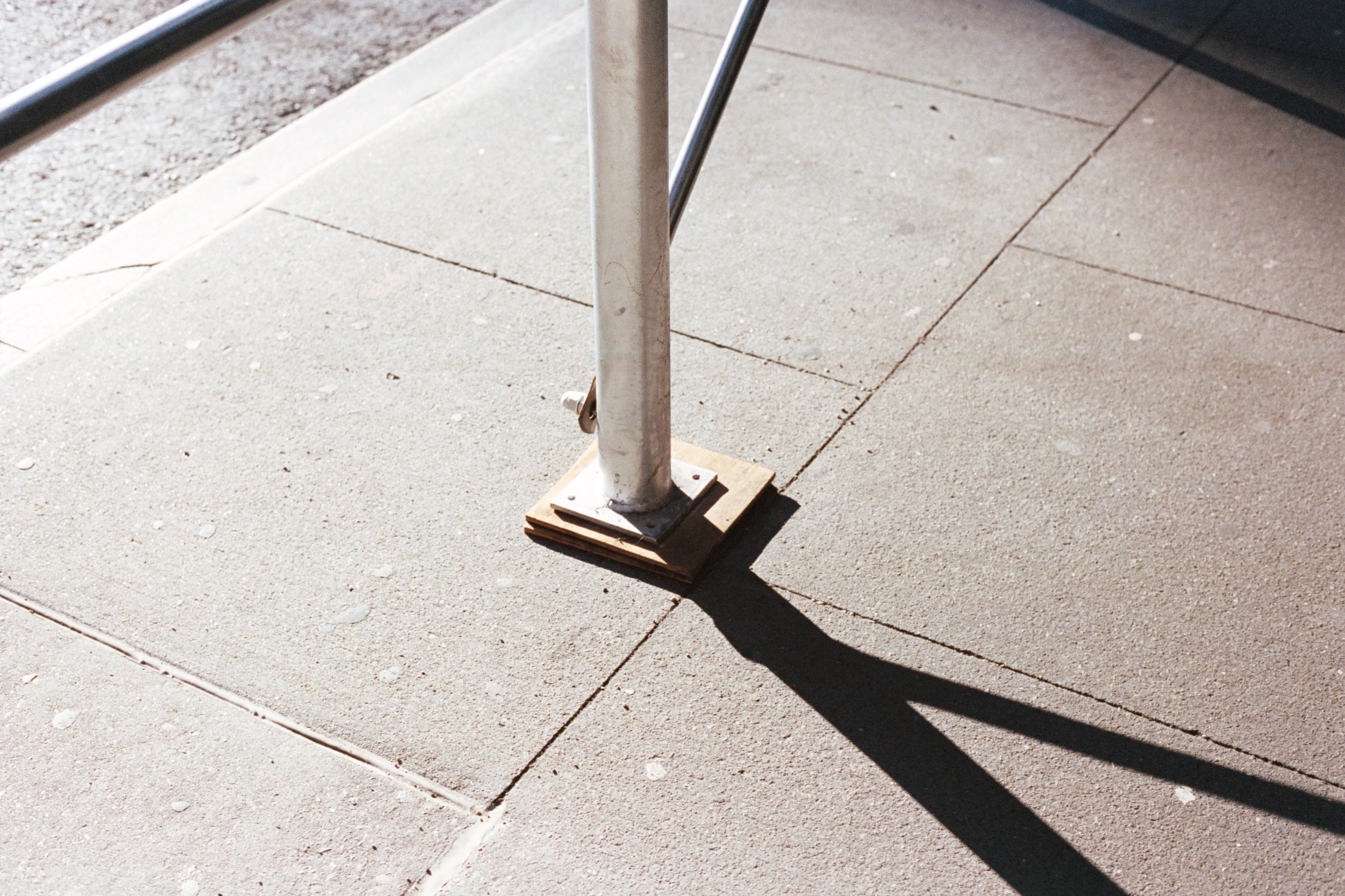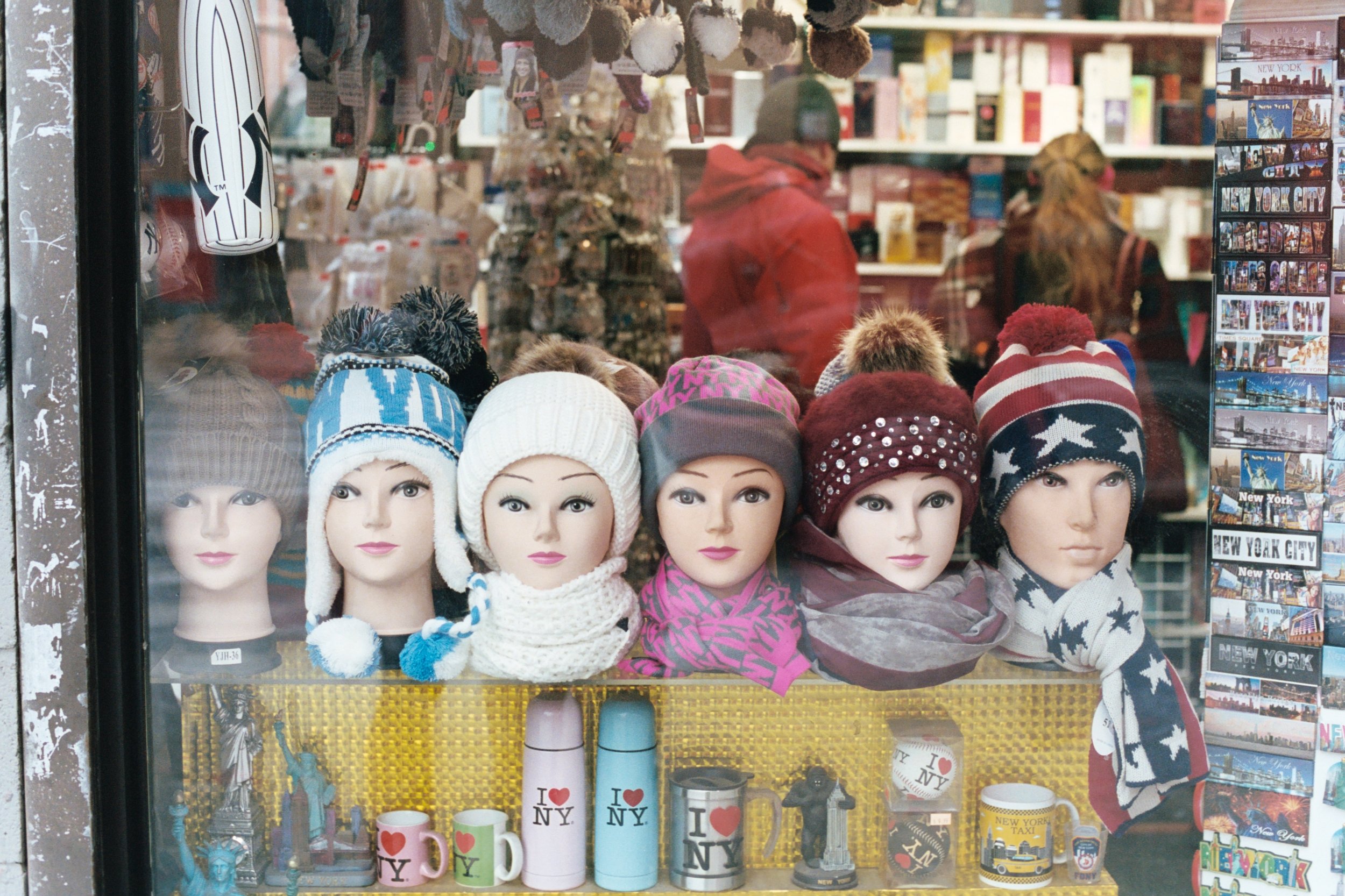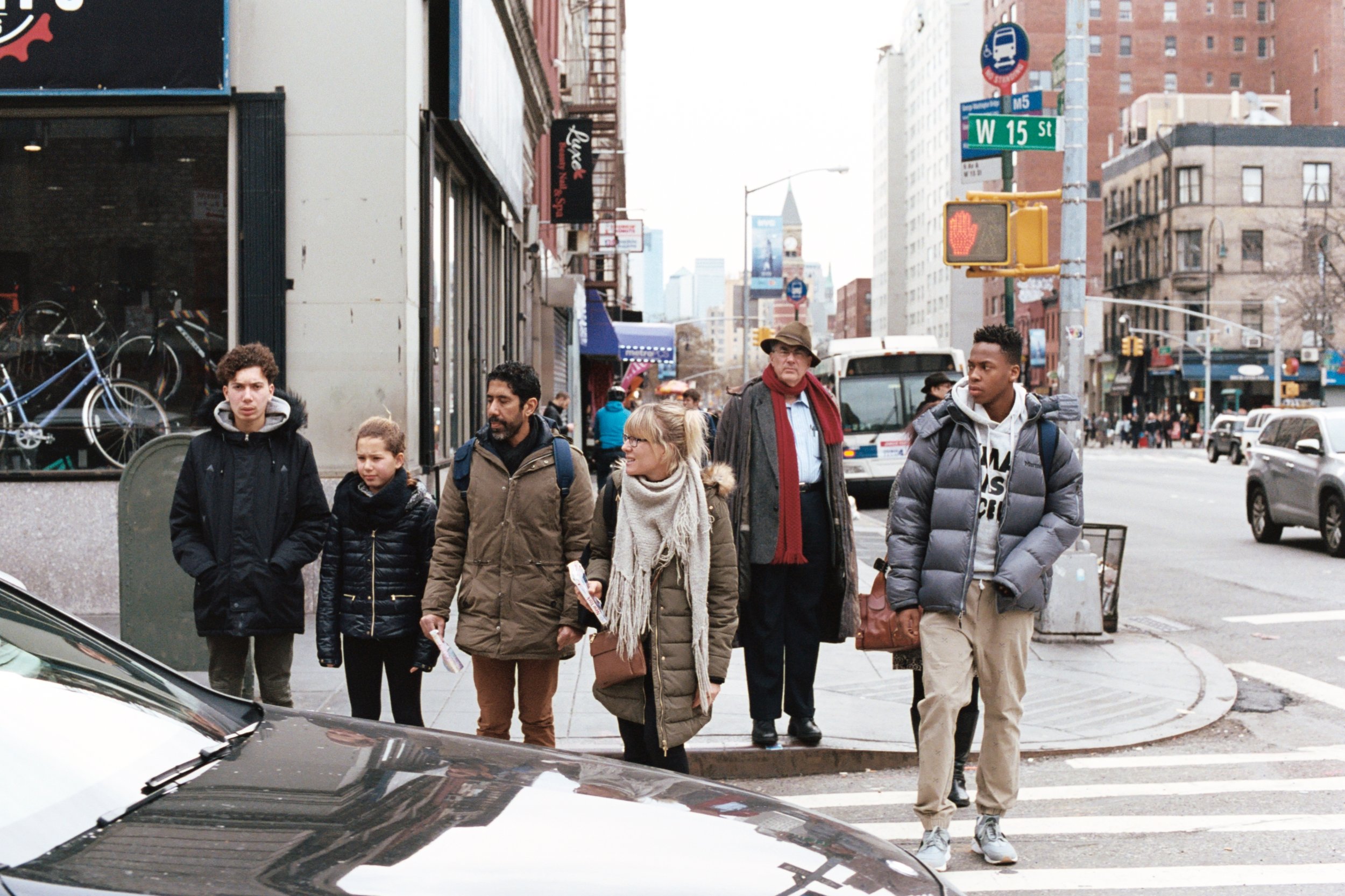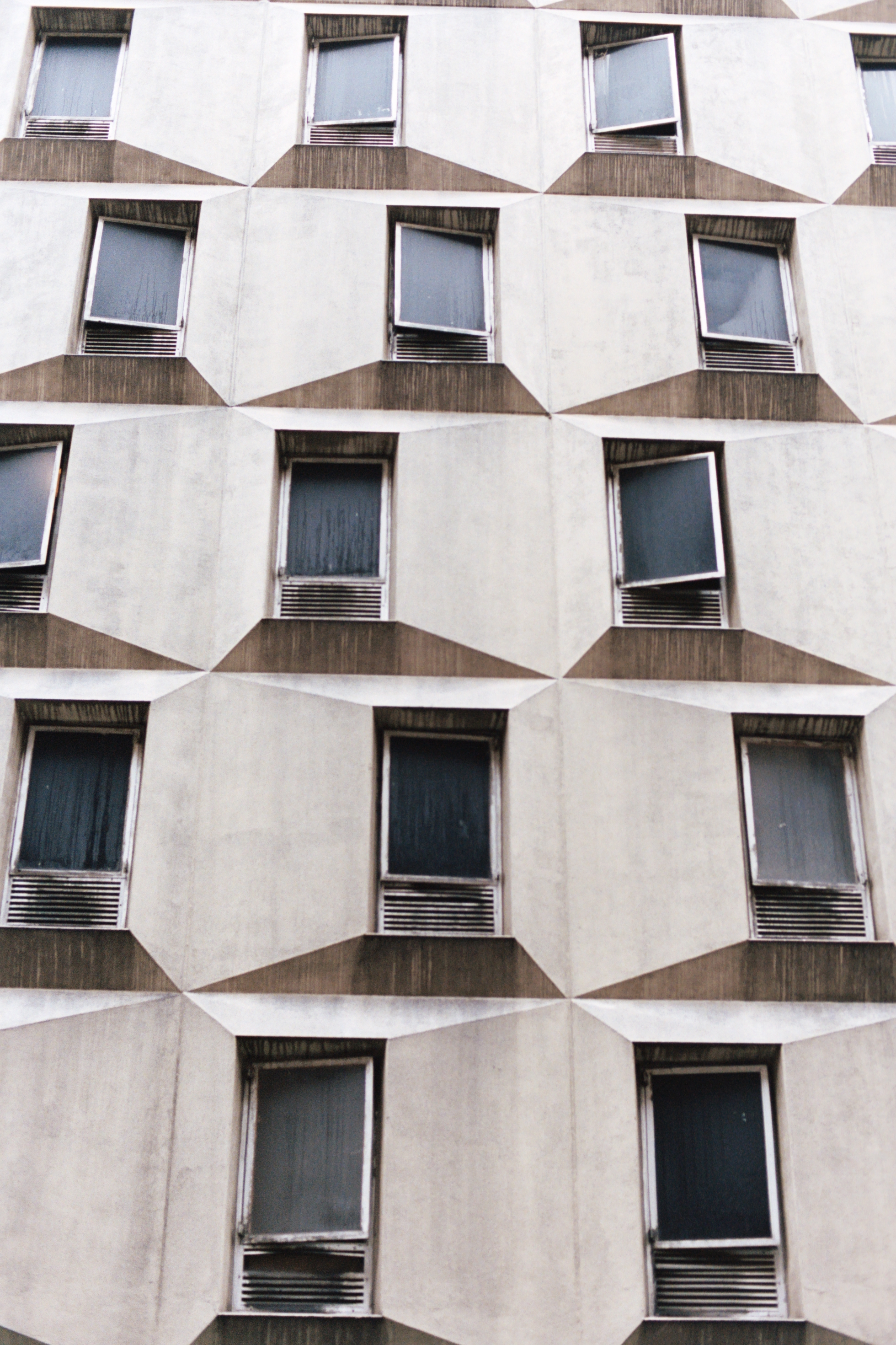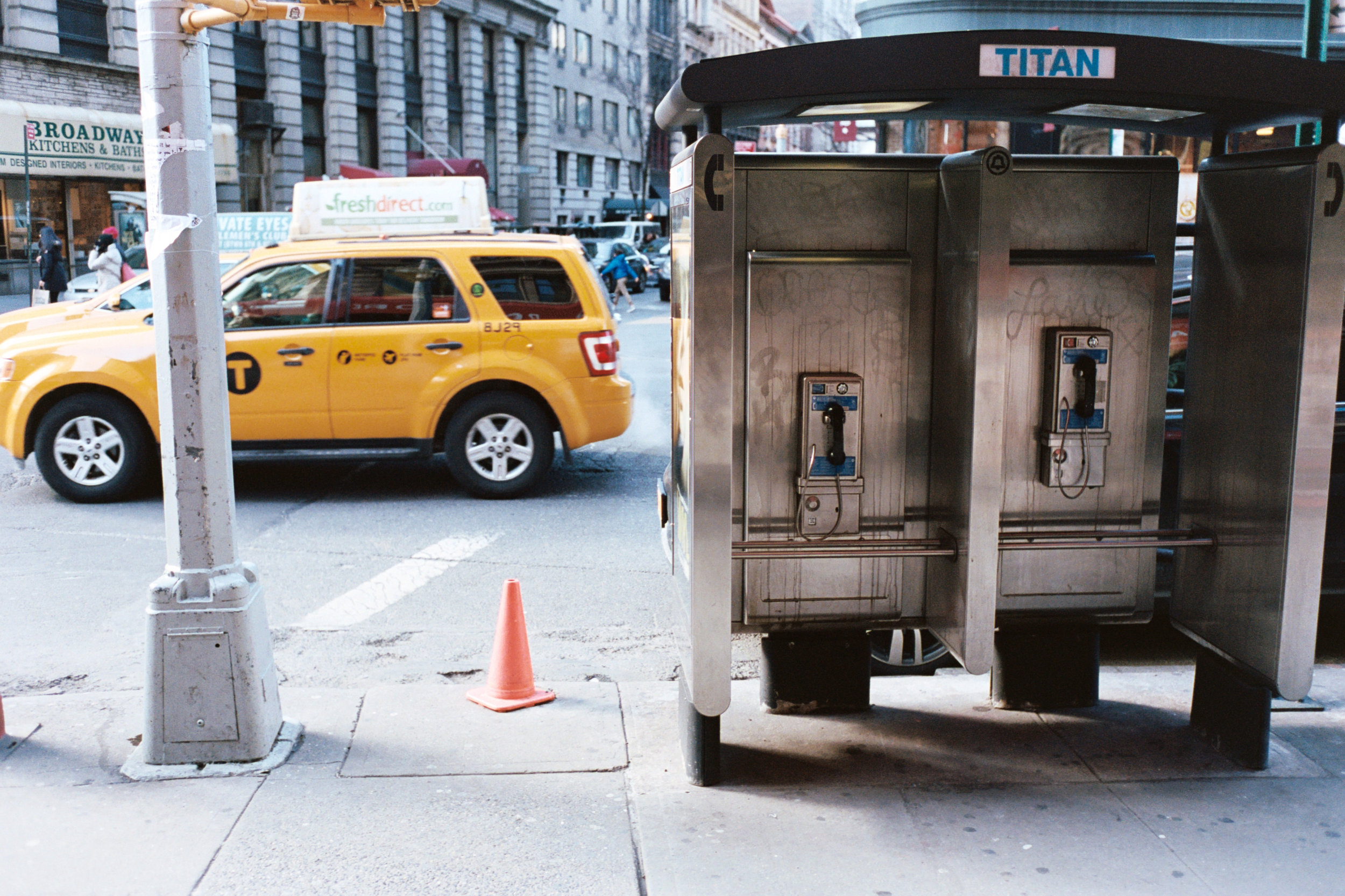Towards the end of this past summer I threw my camera bag into the car, woke up at three am and drove south heading towards Reno. I didn't plan to head into Reno, in fact its edge was only meant to be a stopover while I ate and took a break after then hours of driving. But after driving around a bit I sought out more of the area and by the time I had parked the car and loaded my camera I knew I had to stay in this city for the weekend. My end goal was still a few hours south in Bodie, California, and the photos from that destination were actually intended to be the compositions for Issue III. Needless to say that did not happen. I made the decision to cancel the existing hotel I had planned to stay at in California and found my way to a run down hotel and casino with a surprisingly nice view of the fireworks taking place that night unexpectedly.
The next morning I woke up knowing that it would be a more quiet day involving leisurely getting out of bed, and not hitting the road until nearly eleven. I felt justified as I was making the return trip back to Portland the following day and was ready to take it easy. Plus, I wasn't needed in Bodie until later that evening anyway. Heading south once again, I made my way to Carson City, Nevada where driving through the main strip seemed all too familiar. It was about 17 years earlier that my grandfather passed away form kidney failure. He spent his last years living in Carson City, and as a child it was the only place I knew him. We would visit during the summers where, as a 10 year old boy, activities included getting to drive his old Chevrolet pickup to explore the abandoned silver mines in the hills near his home. Coming out of Carson City I saw the same hills and with some luck, plus a phone call to my dad, I was able to find his home once again.
He had always been an excellent watercolor painter. While the subject matter maintained being your standard landscapes, he had an ability to wield a brush on canvas that despite many attempts, I have never been able to recreate. It seems that while an artistic intuition may be passed down, inherent talent is not.
It is within this that photography will always face the challenge of defining its own path as an art form. Unlike painting, sculpture, or music composition we as photographers face the unique struggle of having the biggest hurdles come at the end of our workflow. Whereas a painter proves their worth through the quality of their artwork, we are forced explain ourselves and provide reasoning as to why the photos we have taken matter. This expectation is more or less unique to photography, primarily because within the artistic community it is seen as easy. One has the ability to pick up a camera and begin shooting right away, with fewer barriers to entry more people enter the playing field, causing those of us living in it currently to make ourselves stand out. But we are also influenced by the changes within technology as it relates to photography. Pencils haven’t changed much, nor have oils, pastels, and while techniques certainly have it is my believe that we struggle more to validate the work we create.
I know how that comes across, it reeks of self-entitlement and the medium being unfair. But my intention is to point out that while a lot of negatives can be attributed to this extra effort required, it ultimately does more good for each individual photographer and the photographic community as a whole.
This mentality, that we benefit greatly from learning to discuss our work, more often is wrapped in ideas that do not pertain to the problem at hand. With mounting pressure to make a name for oneself through likes, blog posts, and any media outlet we can find, we focus more on quantity rather than quality. It is something I have come to learn through putting together four issues of Serif & Silver. While this project began as a way to share images first and have a little introduction as an afterthought, the roles of these two components have switched and the few thousand words opening the door serve not only to give context to the photographs, but defines them in a way that images alone could never do. I'm reminded of the idea that all squares are rectangles but not all rectangles are squares. These words, what I am speaking to you now are able to stand alone, but I question if the images really could.
Words, similar to the single photograph offer varying levels of depth depending on the reader and their attachment to the subject. And like the photograph, they have the ability to distort and show us more within any given content the longer we stare. While that sentiment leans towards a deeper message it can also rather simply be looked at from face value. Malcolm Gladwell wrote in his 2006 book "The Tipping Point" that words can be treated like an epidemic with regard to how they spread, specifically the word yawn. He makes the case that by saying yawn, talking about yawning, if you yawned, and even pointing out how many times I've said yawn these past few sentences, it will probably make you yawn. If someone saw you yawn, they're most likely yawning themselves after you yawned.
Not only do words have the ability to reach out into our physical space and force us to interact with them, but they will also distort what is actually there and will cast doubt in our interpretations.
With the yawning example it was repetition of a single word that evoked a reaction. Looking at a single word however will cause the opposite effect. We are no longer so sure of what is written, and we react to the ink on a page, perhaps questioning the plausibility of the word. How it is spelled, how it is spoken, how it is read. Take a moment to focus on the single word below:
Garage.
I like garage as an example as it's unique in so many ways. Two consonants pronounced two different ways and surrounded by vowels. Like many English words it's an amalgamation of many different languages and terms coming together to form an entirely new term that, when looked at alone, doesn’t seem to make much sense. But it not a new idea that subject matter interacts with us as much as we interact with it. It's not even new for me to discuss here as it was the subject of Serif & Silver Issue III. What it allows us to do however is look in a new direction with a relatively simple concept. By forcing ourselves to continue to not only define out work, define our equipment, and define our photography, we inadvertently change the landscape and push ourselves in a direction that, for whatever reason, we as a community are actively fighting against.
It was in 2012, when we were attempting to launch Pdexposures.TV and filming the first season, that my videographer and I sat down to sketch out ideas for potential new episodes. Over a pint of beer we talked about a lot of ideas that unfortunately never came to be. As you might imagine, it was equipment comparisons, reviews, and other standard fare were the first topics to presented. But as the conversation wore on we shifted into the methodology behind some of the world's most famous images. Within these well known photos we saw a few categories and the photographers who excelled in that area one would expect. Ansel Adams and his landscapes, Bresson as the original street photographer, Dorothea Lange for her intimate work within the depression. Even as more names were thrown out, Arbus, Eggleston, Mark, Weston, Erwit, they would inevitably fall into what we saw one of a few defined buckets. Yet through all this, we found that war photography was more or less empty.
Thinking on who would fit this role Capa was the first to come to mind. It's understandable as well. Most war photographers get lost to history while those who manage to make a name for themselves rise with a seemingly legendary status. It's that very reason that would cause Leica Brazil to release a three minute commercial about the life of Capa and his Leica III. Although quite a bit of artistic license was taken, considering he used a Contax throughout most of the second world war and only had a brief stint with Leica. I re-told my videographer a story I had heard about Capa (I would later find out it was actually not Capa, but another WWII photographer named Michelantonio 'Tony' Vaccaro), and we concluded that at the very least it would make for an interesting episode.
During World War II, and under tight deadlines with a desire to control his output, Vaccaro used four helmets to develop his film right there on the battlefield.
That was it, a small task we thought to be so incredibly simple as we were in truth, too naive to recognize what it really entailed. Sitting at the table, we sketched out how the episode would go. It was to be two parts, the first consisting of using antiquated equipment and older film emulsions in a forest or older town resembling 1940s Europe. From there we would move to nighttime, and sitting in the middle of the woods we were to develop that roll using the same method. Four military helmets, each with a different stage of the development process, the moonlight, and hope that the images didn't get too fogged.
As you may have guessed by now, this episode never came to be for a few reasons. Primarily, Pdepxosures.TV was simply too time and cost intensive to continue. But the truth of the matter was there was no way for us to really reproduce Vaccaro’s method. Developing in tanks in the dark isn't unique when you aren't under pressure. We didn't have deadlines, we weren't afraid of being shot the next day, and we were only putting film into rudimentary bowls. There was a disconnect that we didn't appreciate in our initial planning stages, and it put such a kink into the overall vision we couldn't continue.
As photographers, we cannot help but force ourselves to adapt to new processes based on the ever changing situations we find ourselves in. Tony Vaccaro did this by circumventing the standard war photography workflow. Rather than having TIME or LIFE magazine receive unprocessed rolls and decide what to publish, he took the work under his belt regardless of the environment around him. Yet even as I have written (and complained) about our eagerness to share and get our work distributed into the world, how is it that Vaccaro's method is not only acceptable, but encouraged as a lesson of success?
This is indicative of something I've been meaning to discuss more within the ever shifting baseline that is photography. I first mentioned the shifting baseline in the first issue of Serif & Silver as a way to put into perspective what we are all aware of within the photographic community. Photography, unlike any other artistic medium is intertwined with so many other facets of our daily lives. We use photographs for news, sales, and unlike painting or sculpture, dance or any of the performing arts, it is inherently ingrained with technology. From the earliest Daguerreotype, the concept of putting a direct replica of what was seen through our own eyes onto any medium has been a technological breakthrough. Through the evolution of emulsions with wet plate, to dry plate, to emulsion on a flexible plastic we continue to push the art form and continue to do so with cameras today that break all kinds of technical limitations that even 10 years ago would have been only a dream.
Similar to my thoughts on the fairness of artwork related to my grandfather in terms of the ease in which we are able to pick up photography, we are also held more accountable on what we put out in the world. Not only in the present as we are actively shooting and creating images, but after we’re gone both digitally and physically. We don’t get to choose who carries along our legacy, what will be said about it, or through what mediums. As evidence we can look no further than Myspace. I still have something of a profile active if you search for my name, and while I’m responsible for the contents uploaded, their continued existence relies on a third party; the photos of a younger me, the text, the comments. I could easily go in and delete the whole page, wiping out what is effectively the first social media network I used throughout my teenage years. But my point isn’t that the content exists, rather that it continues to exist without my involvement. This is what I’ve continued to struggle with as I near the finish line for this project. How are we to stay relevant when we give up all control? How does the conversation continue to flow after the food has left the table?
Every year, the Sunday after thanksgiving I gather with close friends to share in another large meal. The drinks flow freely, and the food (while often subpar) manages to solidify what we are doing togther. We started this simple tradition about six years ago, and while I make no assumptions that getting together with close friends around this time of year is a unique thing we do, I am no less grateful for it. Six years ago fewer were married, six years ago there were no children hanging around the dinner table, and six years ago some people were still with us. Inevitably we finish our meal and continue to sit around the table sharing stories of when we were young dumb kids getting in trouble and were more concerned about how much horsepower our cars had than if we could afford to order a value meal or needed to stick with the dollar menu.
The concept of remaining at the table together after the meal has finished, sticking around after the reason for being there has effectively passed and faded away, has no single word in the English language. It took me thirty-five words here to describe it here. But Sobremesa, a Spanish word, means exactly that all wrapped up in nine simple letters. Sobremesa as an idea has carried a lot of weight with me over the past few months as I gathered my thoughts about how to bring Serif & Silver to a close. What comes next for me photographically now that the meal is over?
I think there is a bigger question to be answered in how do we as photographers operate under the idea that there are some things we simply cannot translate? Many other words like Sobremesa exist with no direct English translation. There are symbolic terms like komorebi, a Japanese word for the way light scatters when the sun shines through trees. Funnier ideas like utepils, a Norwegian word describing sitting outside drinking a beer on a sunny day. Words that are nonsensical like culaccino, an Italian word used only for the ring left on a table from a glass. Or serious concepts like wabi-sabi in which one accepts the natural cycles of growth and decay. If we accept that photography means to write with light at a basic interpretation of the word, then it is a language. Because of that, it should be treated as a language. One that is not spoken, but shared and earned like a non-native tongue. Requiring time, effort, and a desire to understand and interpret fully.
Over the last year, I have gotten closer to finding out how to answer that question although it is through means that aren’t what I had hoped. We must use images not only in the literal sense of a reproduction of any given scene, but as a component that reaches beyond the sense of sight and into the other four senses. It was Bruce Gilden who said, “If you can smell the street by looking at the photo, it's a street photograph”. It’s in this line that we can see how best to bring viewers better into the fold. A photograph must not exist only as a replication of light, but as a complete paragraph, sharing the sounds, smells, textures, and even tastes of whatever it is you captured. This is where the impact of a good photograph lies. One that does more than it was ever intended to do. Taking you into the scene and telling, translating the story that happened in the moments before, during, and after you pressed the shutter.
When I first began to push forward on the idea of self publishing, sitting at my dining table with a large box of Polaroids that would inevitably create the first issue of Serif & Silver I had only a rough idea of what I was doing. It took weeks of sorting, organizing, shifting, pulling images and re-inserting them into the fold to locate the beginnings of a series within these assorted photographs. Starting out I anticipated that things would reveal themselves to me, as if a giant lock was waiting the combination and all I needed to do was get the images in the correct order. Needless to say that was not the case. Rather it took effort on my end to look within each image and see what it said. See where it came from, and where it was going. In looking at the photographs I was able to construct the story that formed the first issue. A few months later on the heels of releasing Artifacts I was able to hone that in and look at the paired images as if they were a contracted word. Pulling back for Unchanged I was able to look at the larger structure of how the images were made up. See the larger scope of what was surrounding them and how the indirection ties it all together.
But here I am, looking at publishing what will be the fourth and final issue of Serif & Silver and I feel as if I am only beginning to grasp how these concepts flow together. Sobermesa takes what I have learned of the series, the pair, the surroundings and combines them together for what is the culmination of this project and leaves the discussion open after it is done. I can only hope that regardless of how many issues you read or were able to see my thoughts helped you to look at photography in a brighter light. And on the off chance that it helped you to create your own self-published piece of work, get in touch. I’d love to buy a copy.
